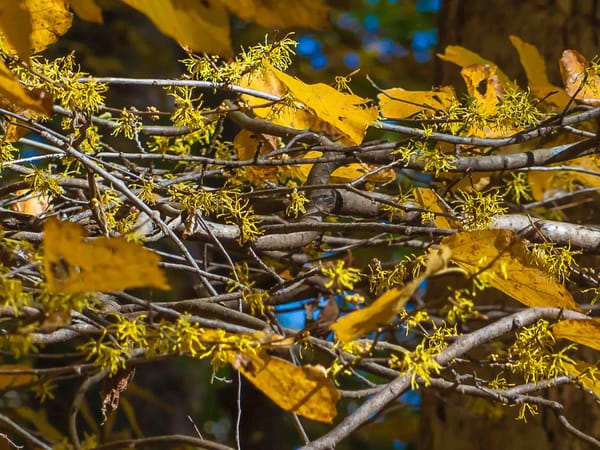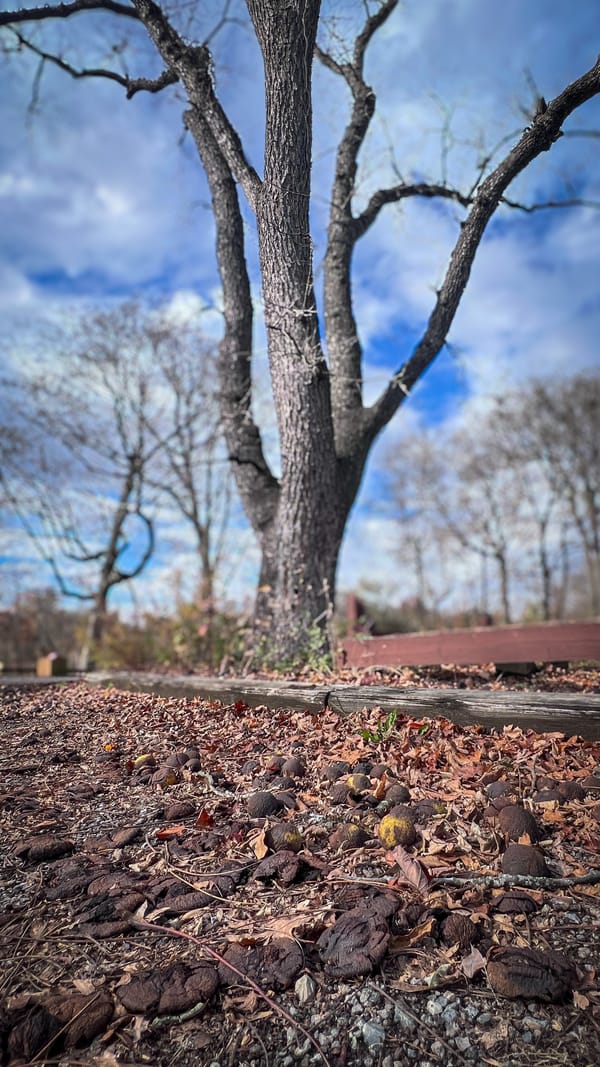This Week at Nixon Park - August 6-12
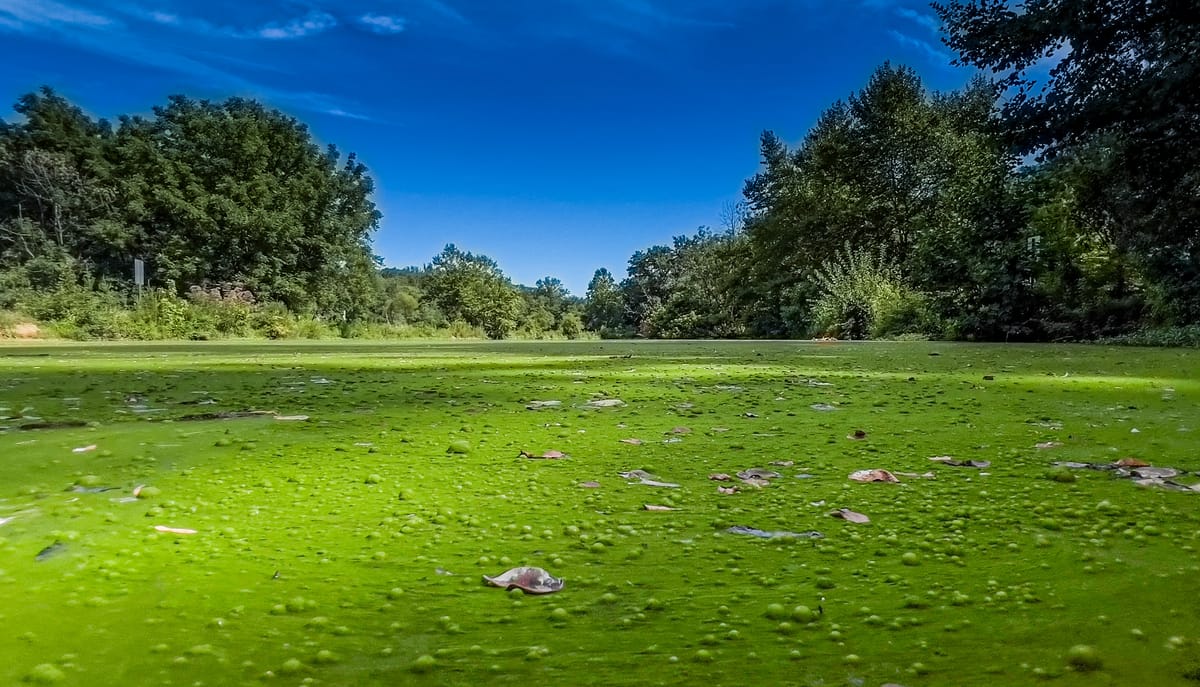
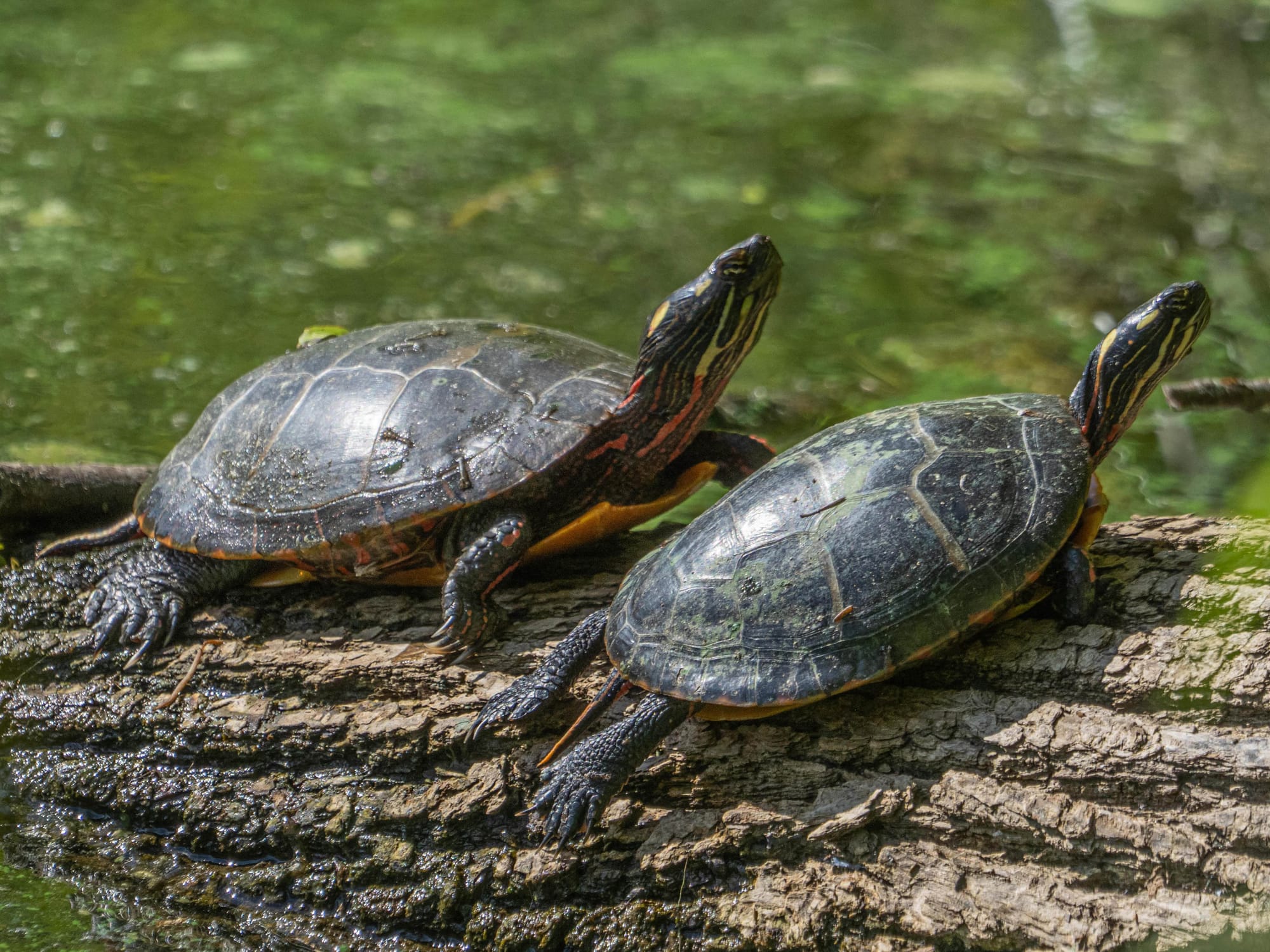
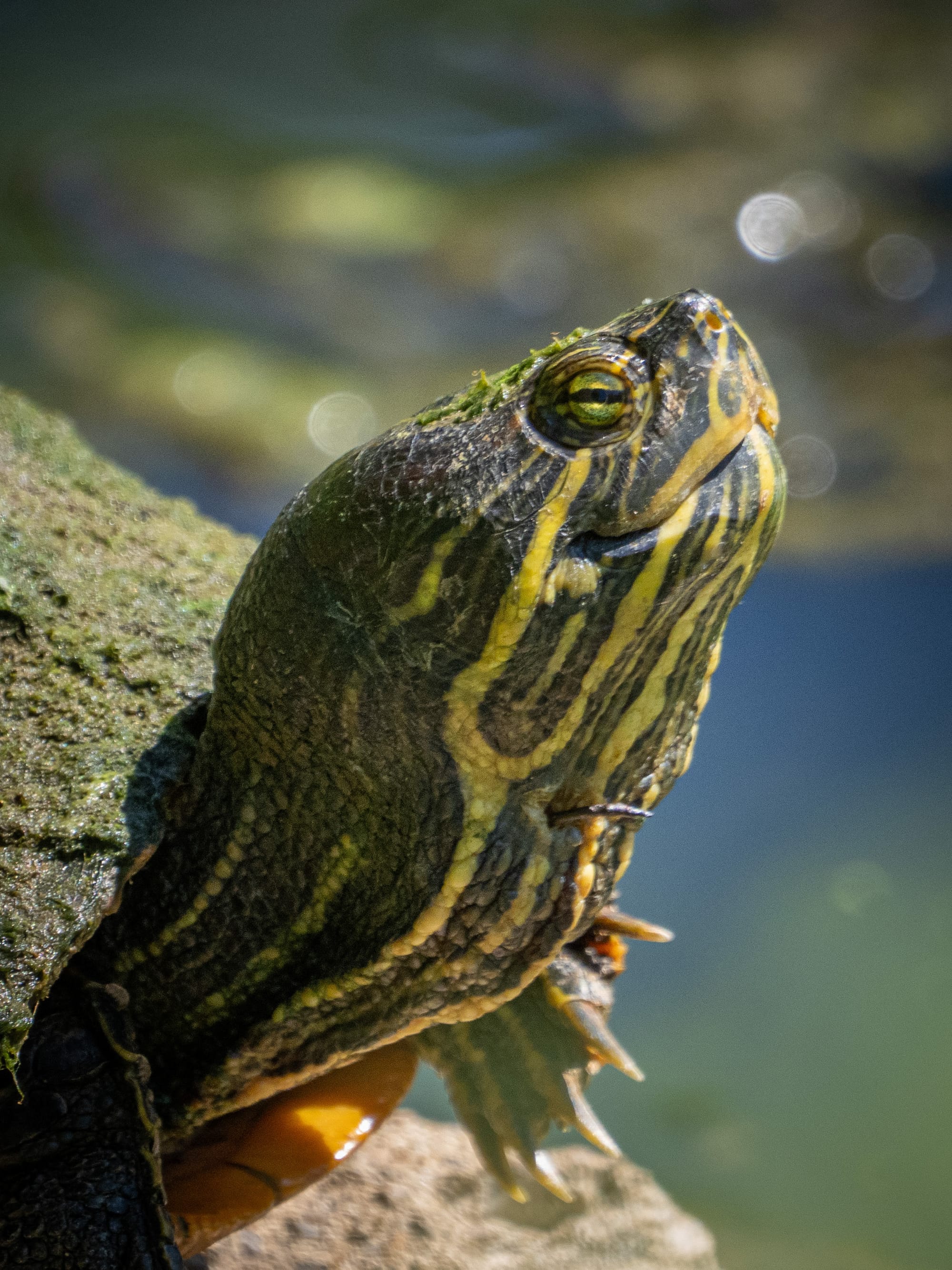
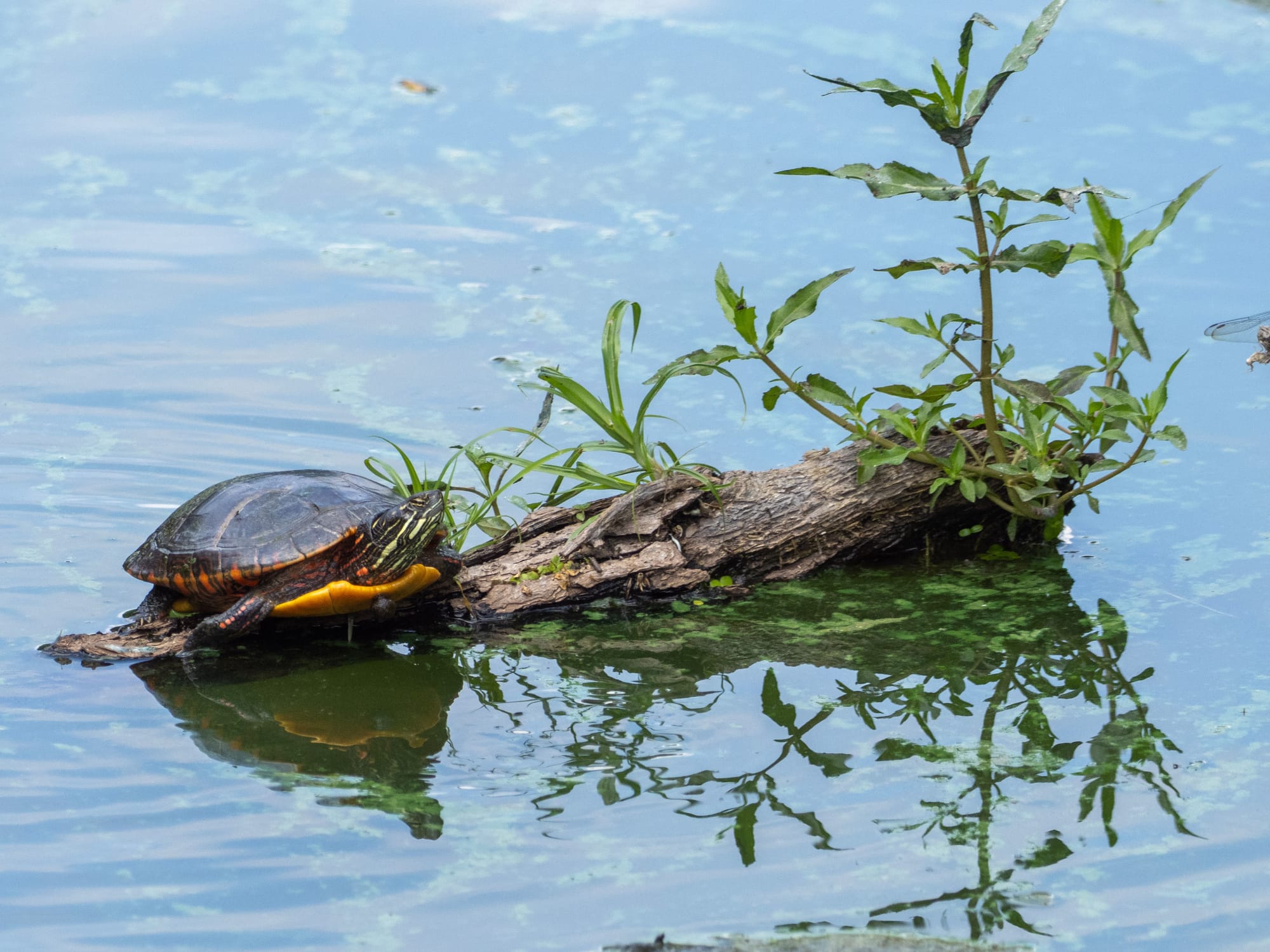
Eastern Painted turtles basking.
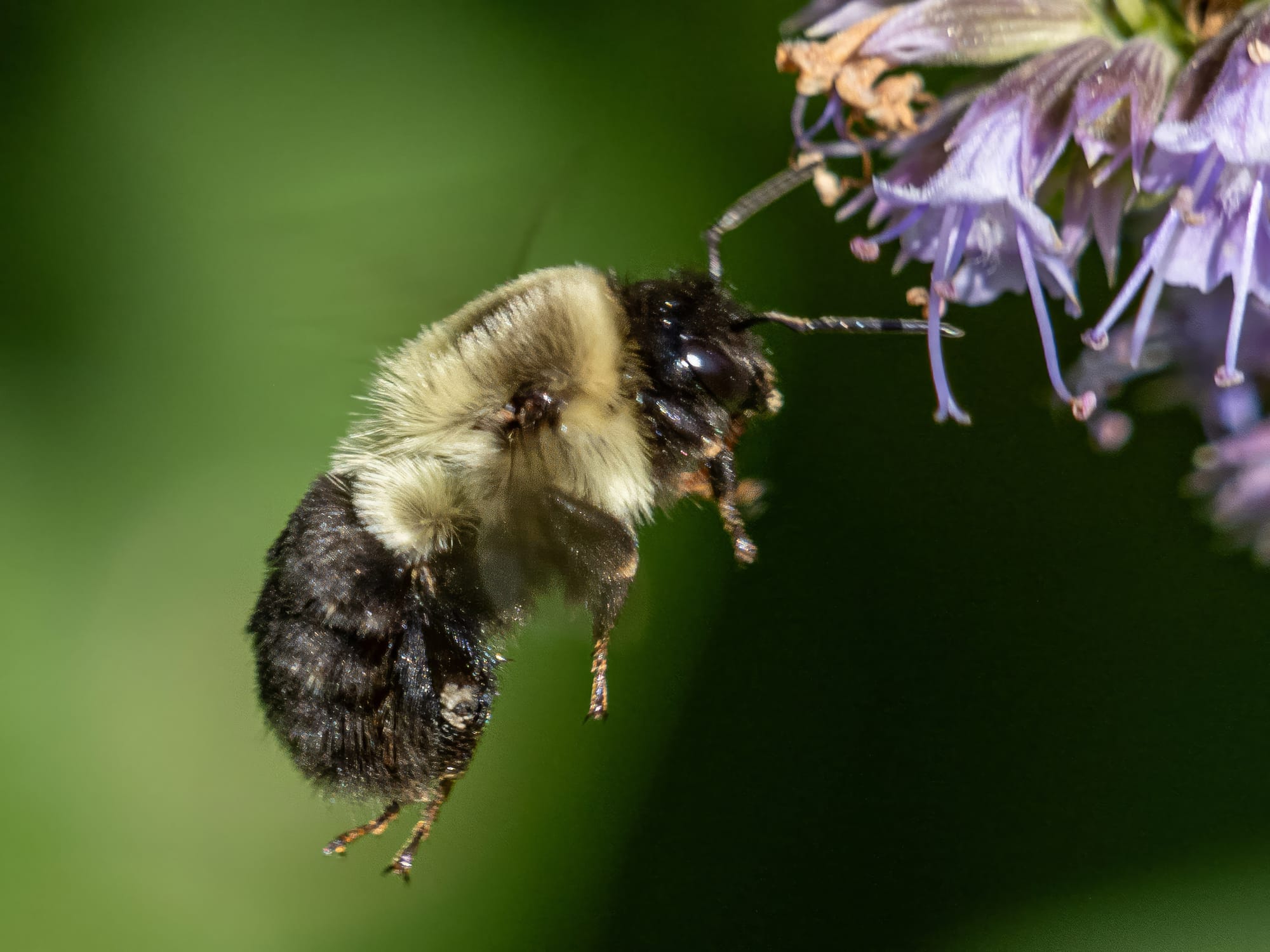
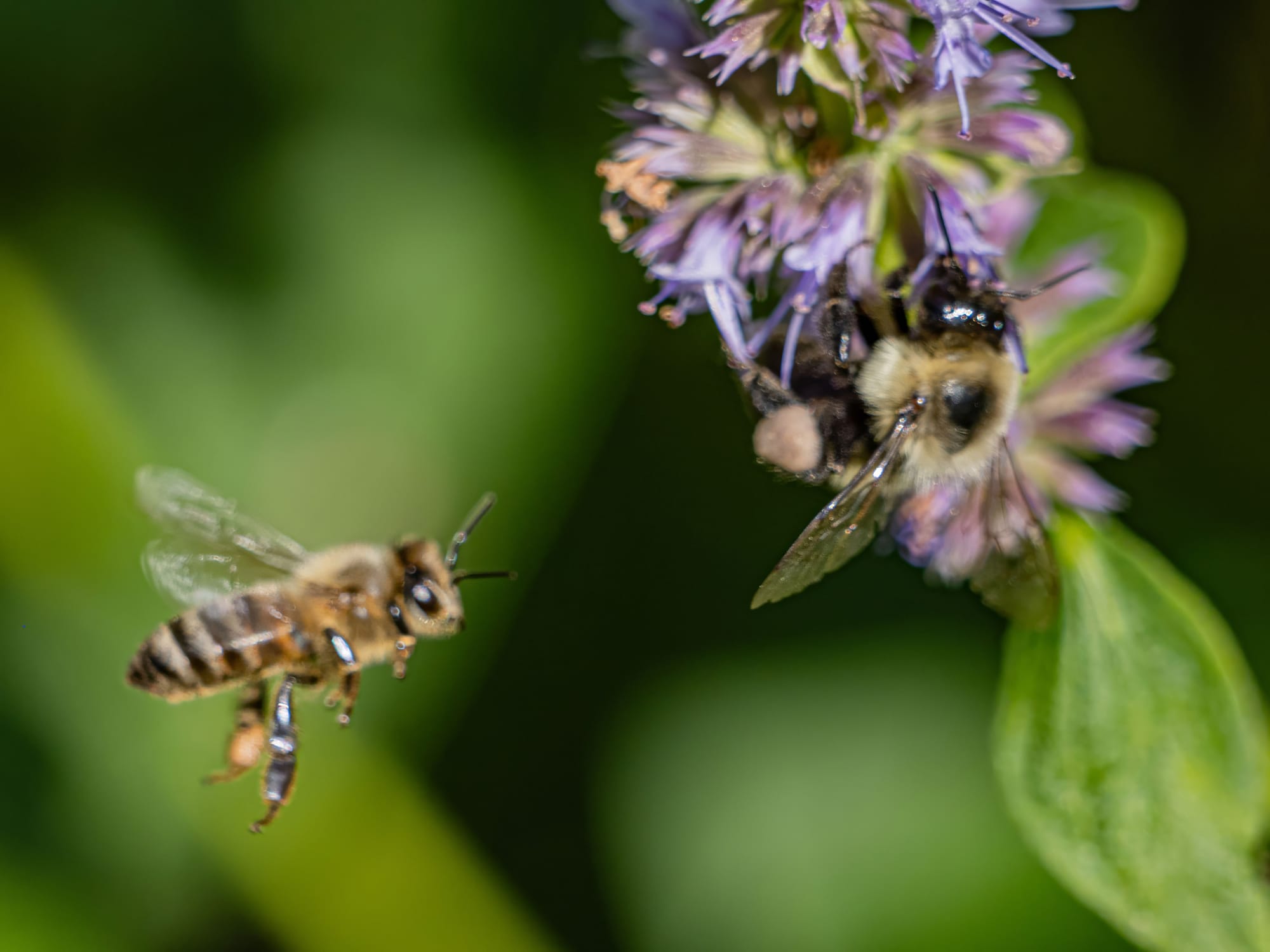
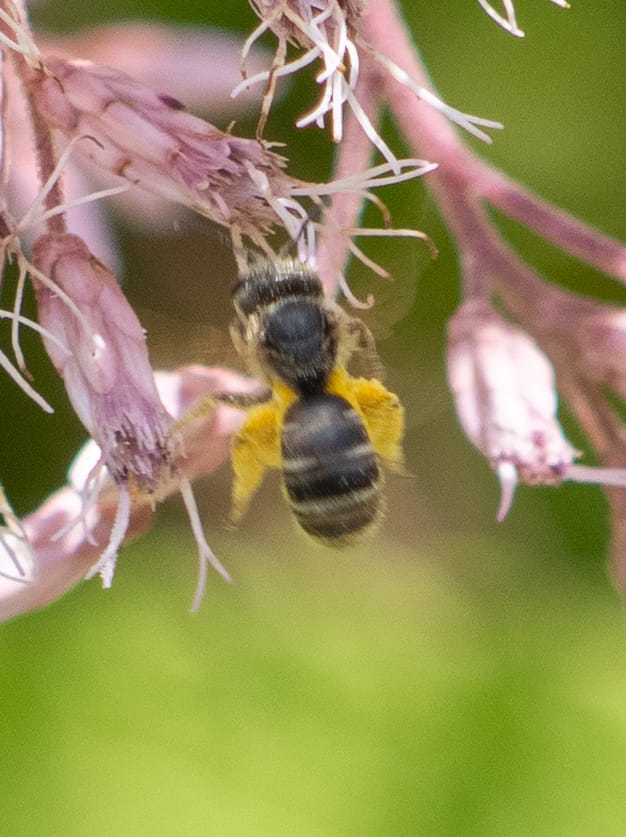
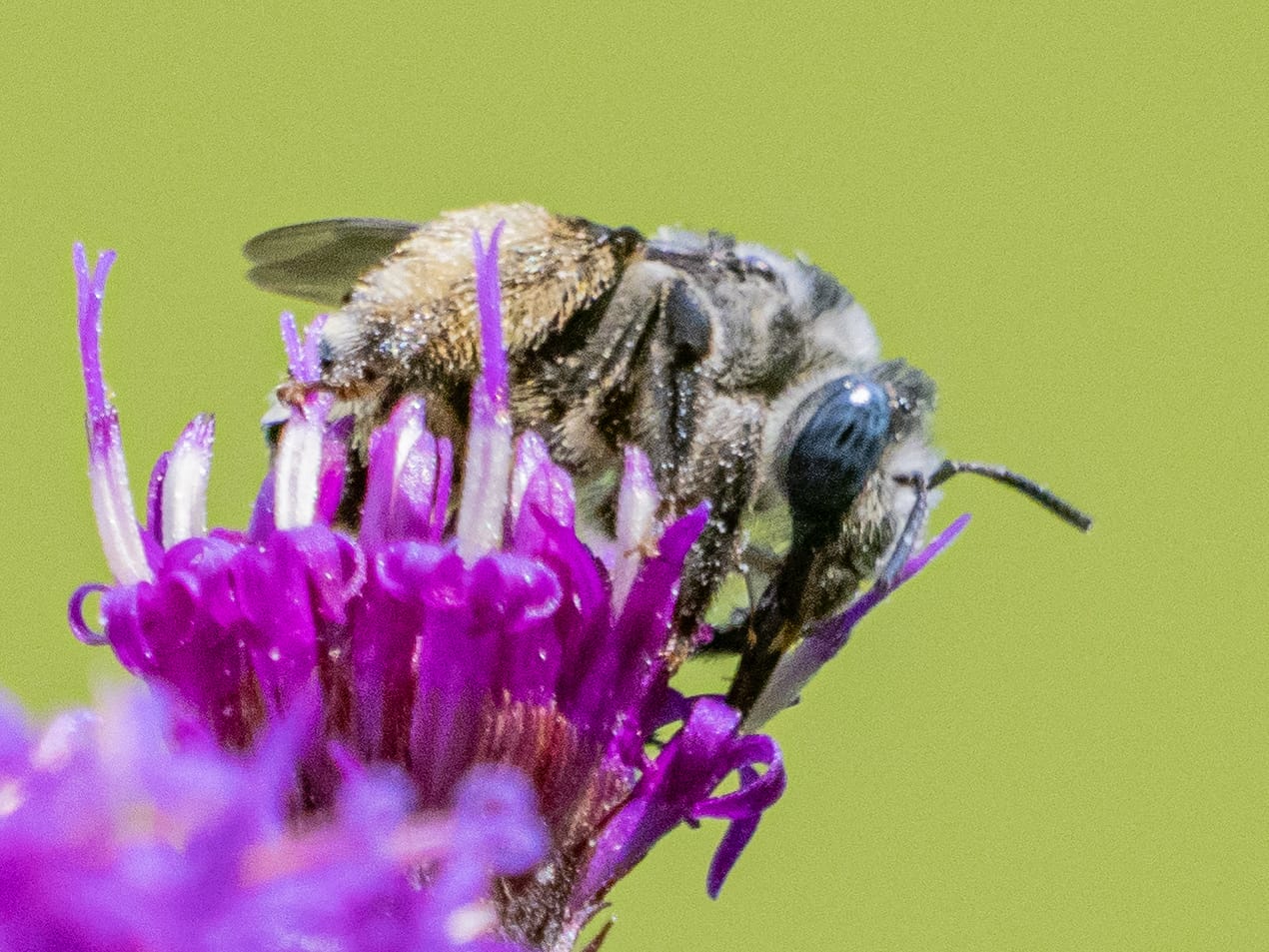
Common Eastern Bumble Bee, Western Honey Bee with Common Eastern Bumble Bee, Ligated Furrow Bee, Denticulate Longhorn Bee.
According to Penn State Extension there are 437 species of native bees in Pennsylvania. I've observed 32 different species at Anson B. Nixon Park, and I imagine there are many I have not yet seen. These native bees are an important indicator of a healthy environment, and certainly equally if not more important than the managed non-native Western honey bee.
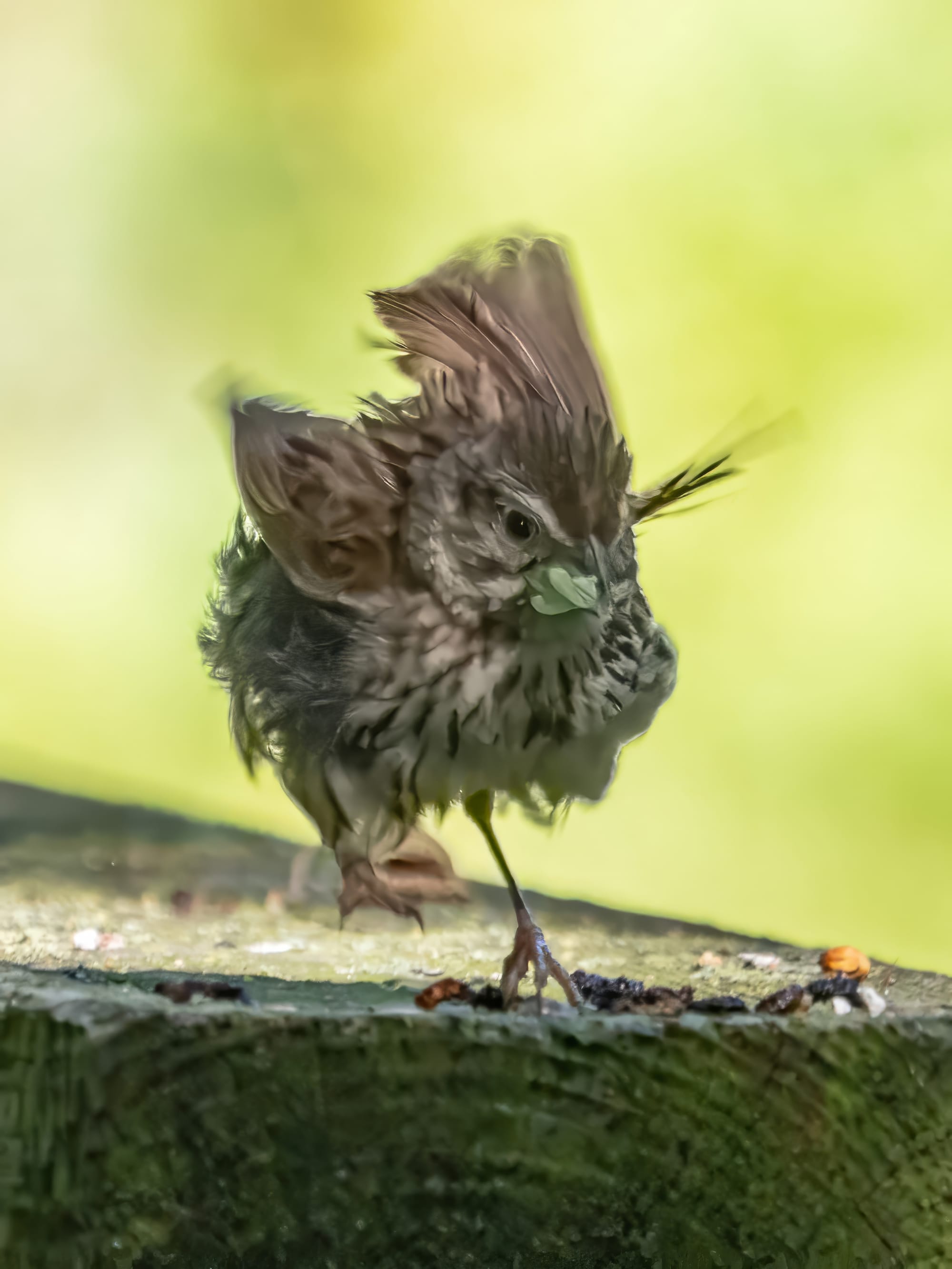
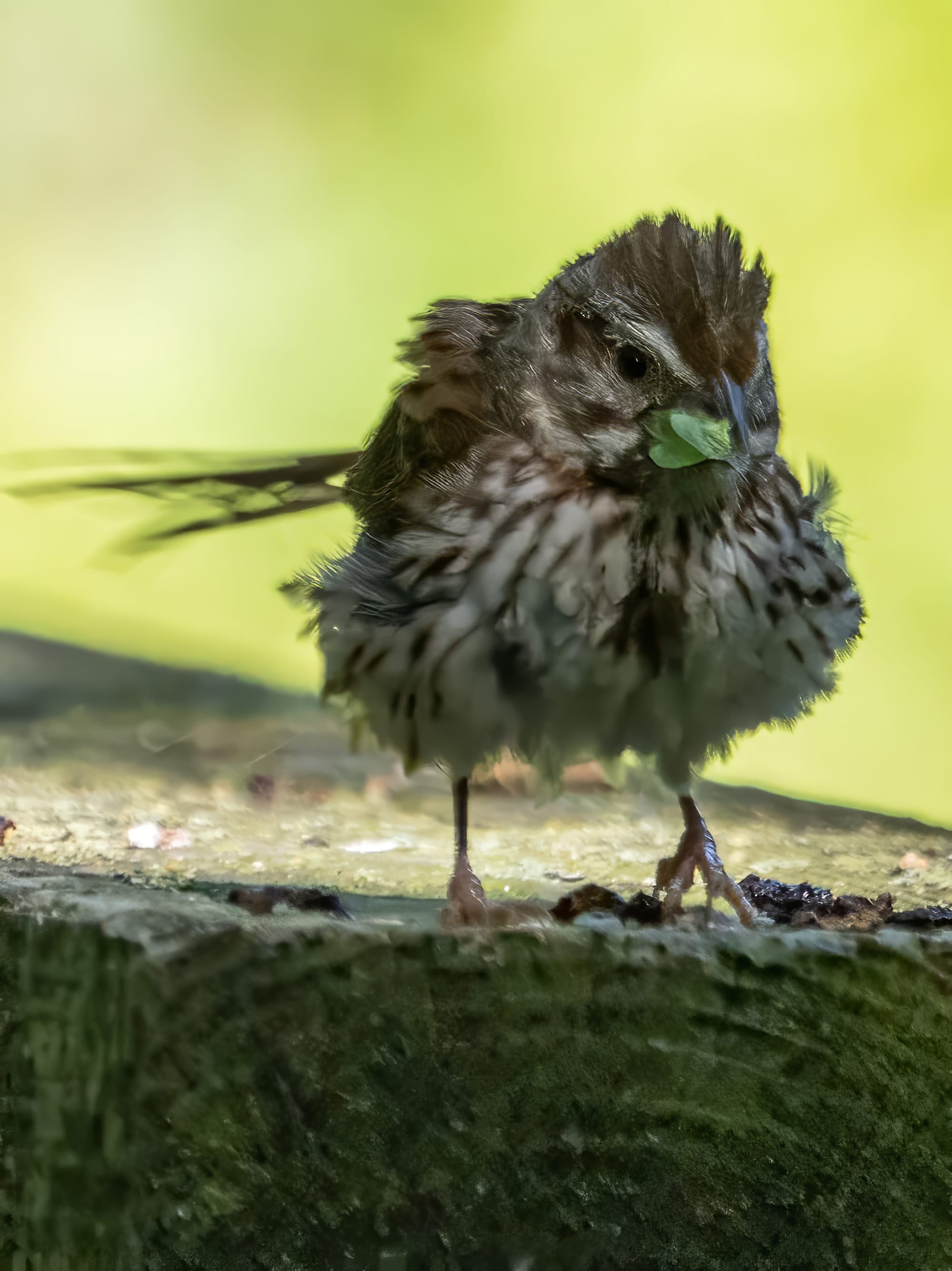
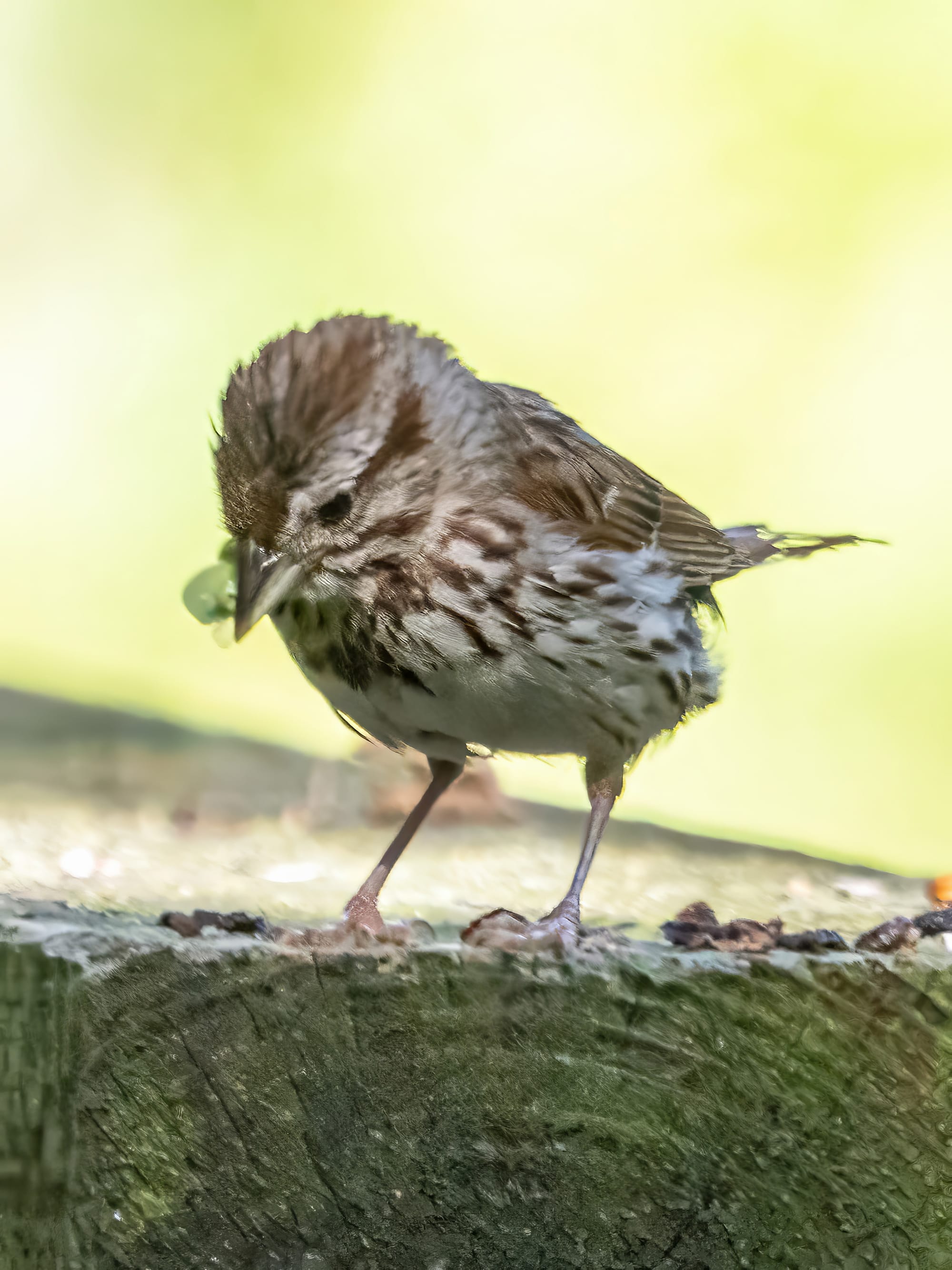
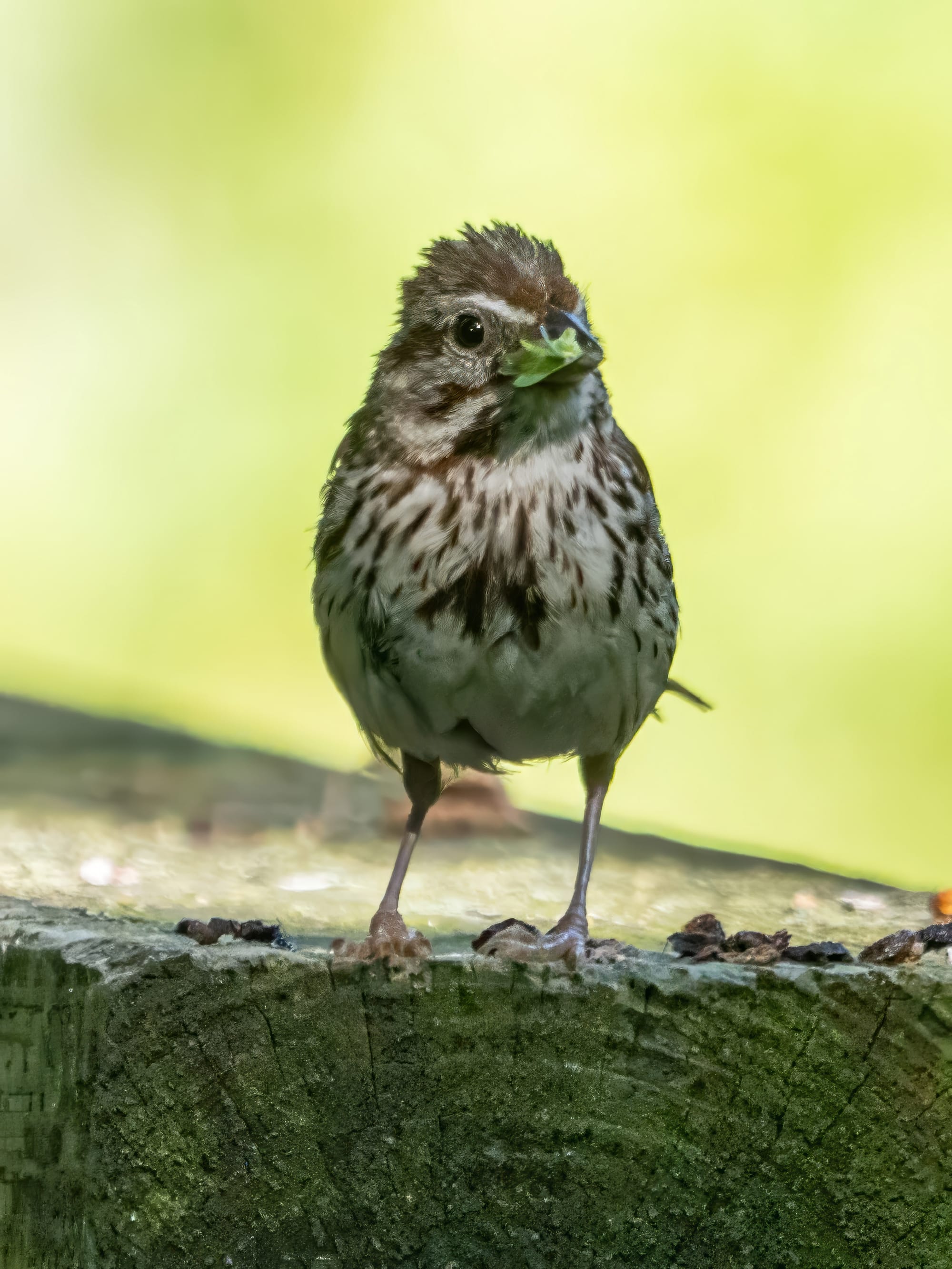
This Song Sparrow, with an insect in its beak, had a good shake before moving on to other business.
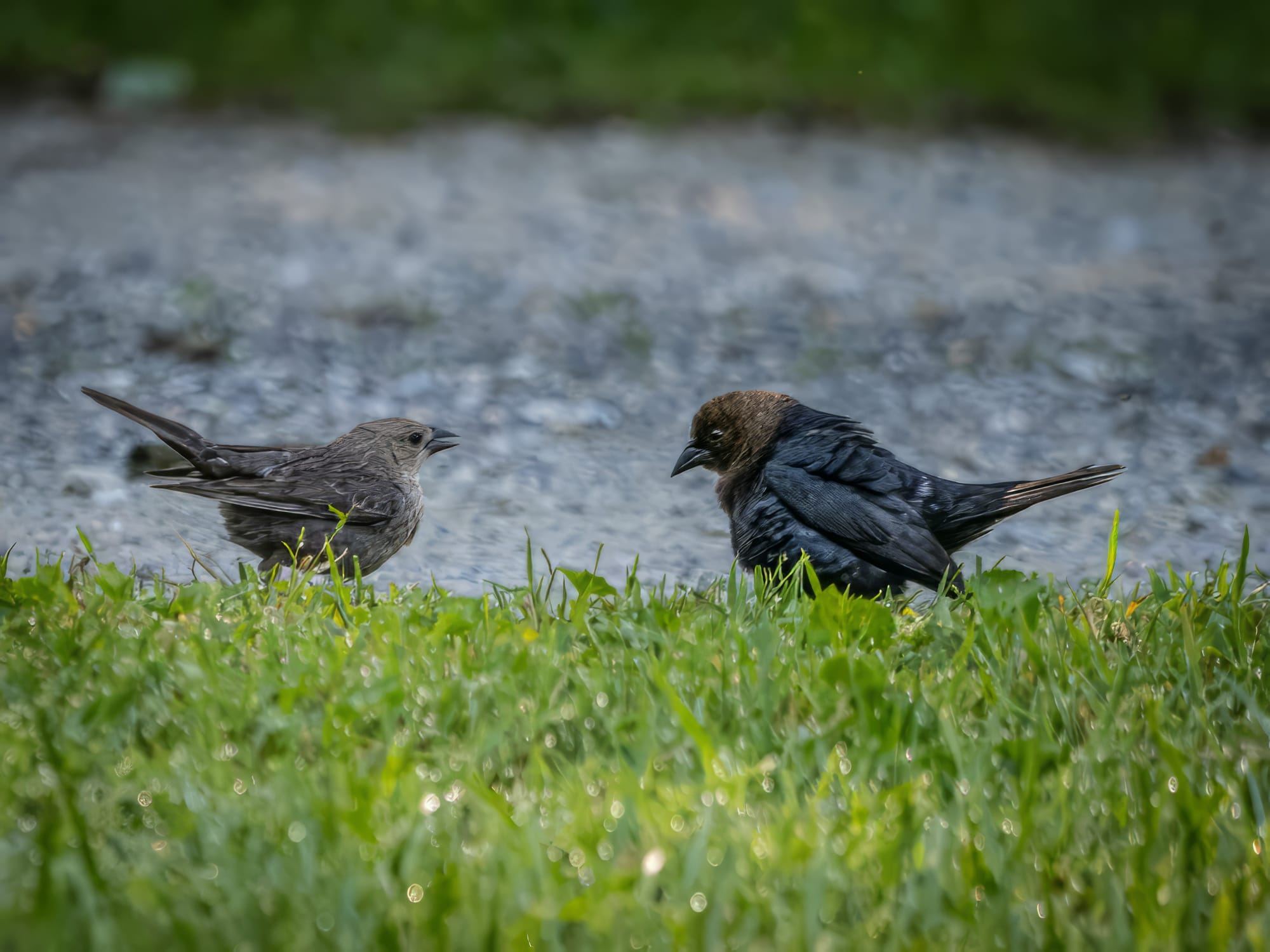
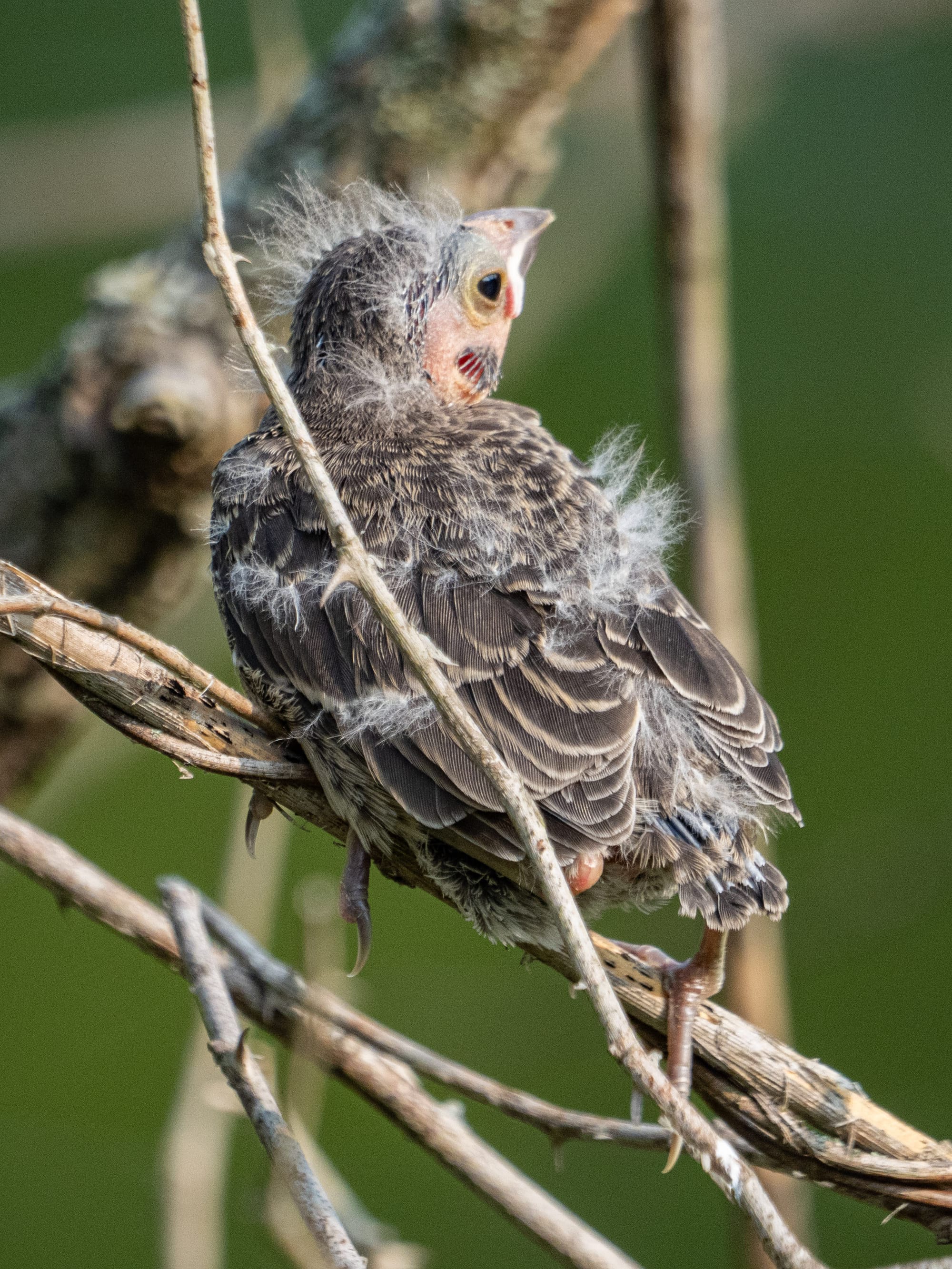
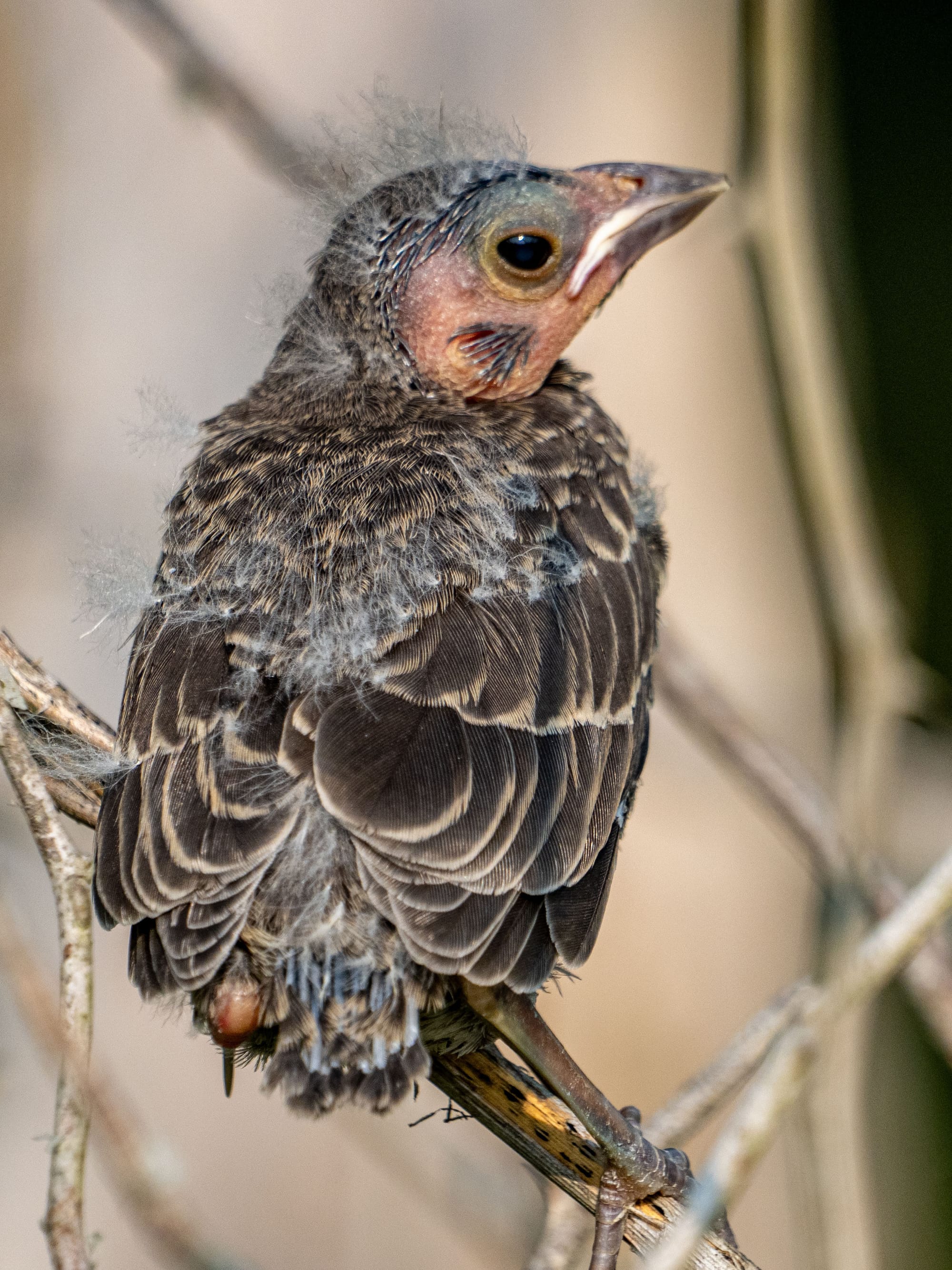
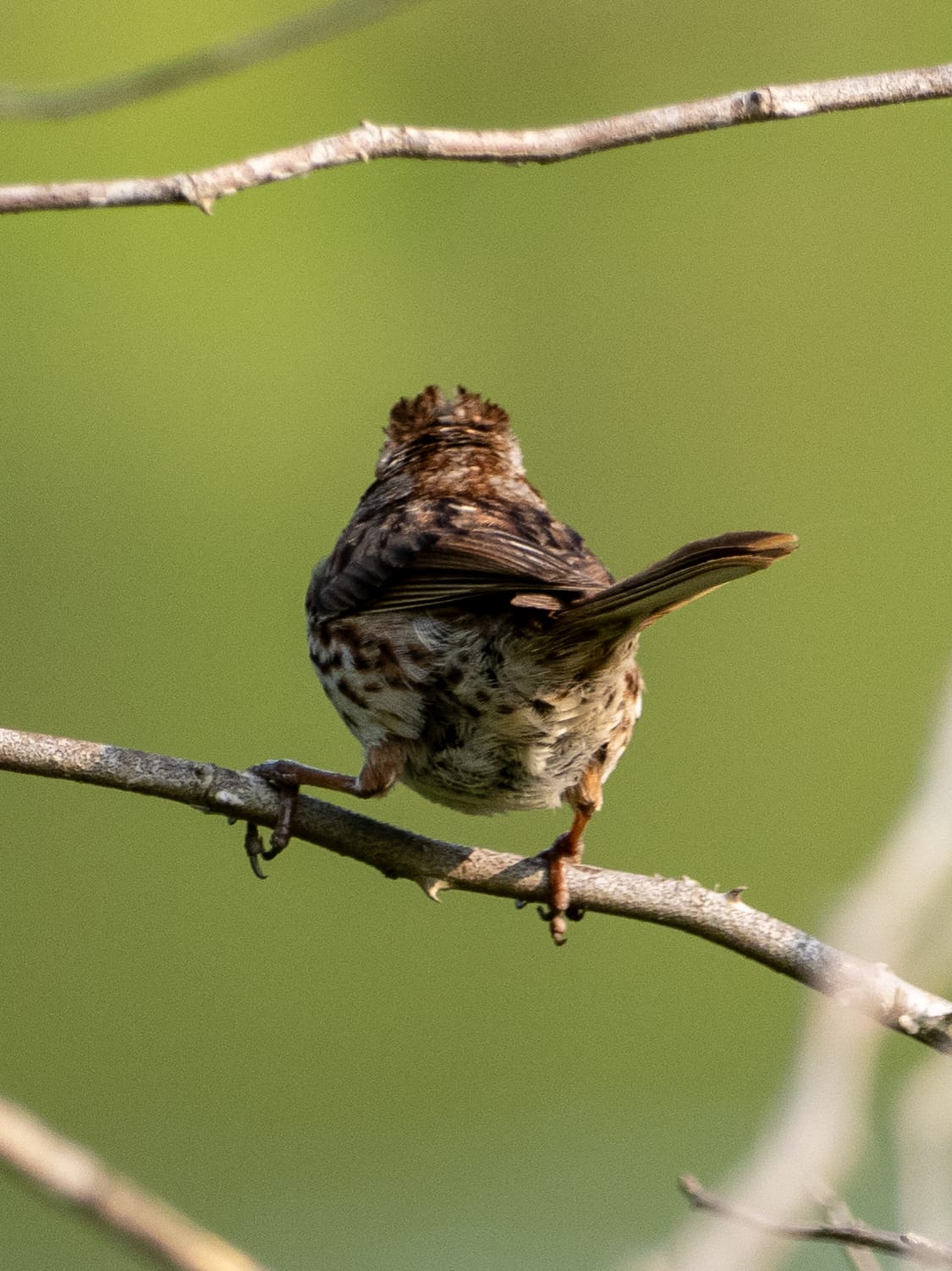
In the first photo a female (left) and male Brown-headed Cow Bird, the second and third, a Brown-headed Cowbird fledgling, finally a shot of the Song Sparrow raising the fledgling.
Brown-headed Cow Birds are nest parasites, they do not build their own nests but lay eggs in the nests of other birds (sometimes pushing other eggs out of the nest.) The other species of birds raise the Brown-headed Cowbird Chicks as their own. This week I spotted a Song Sparrow who was tending to a so-ugly-it's-cute (?) fledgling that turned out to be a Brown-headed Cowbird.
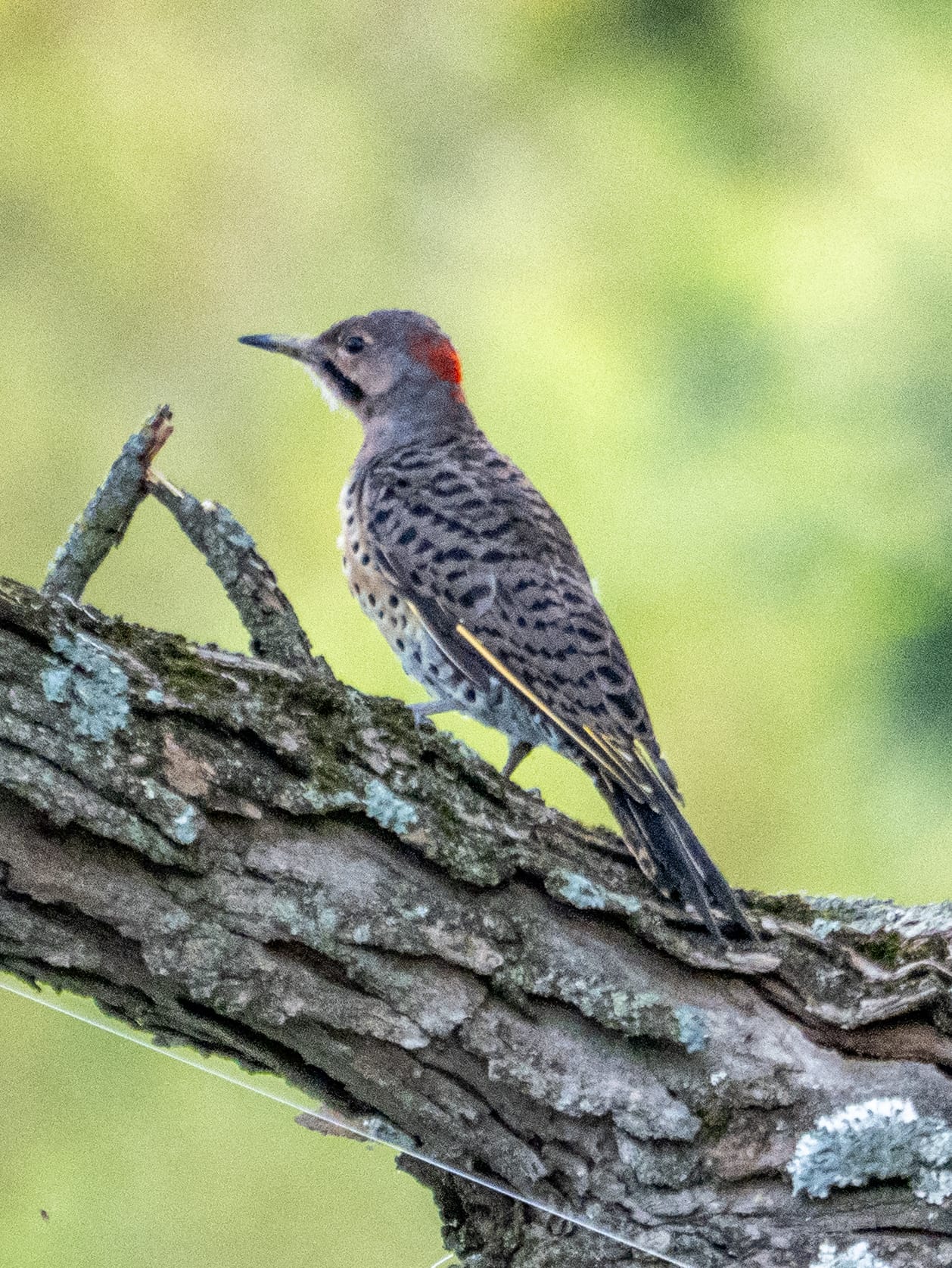
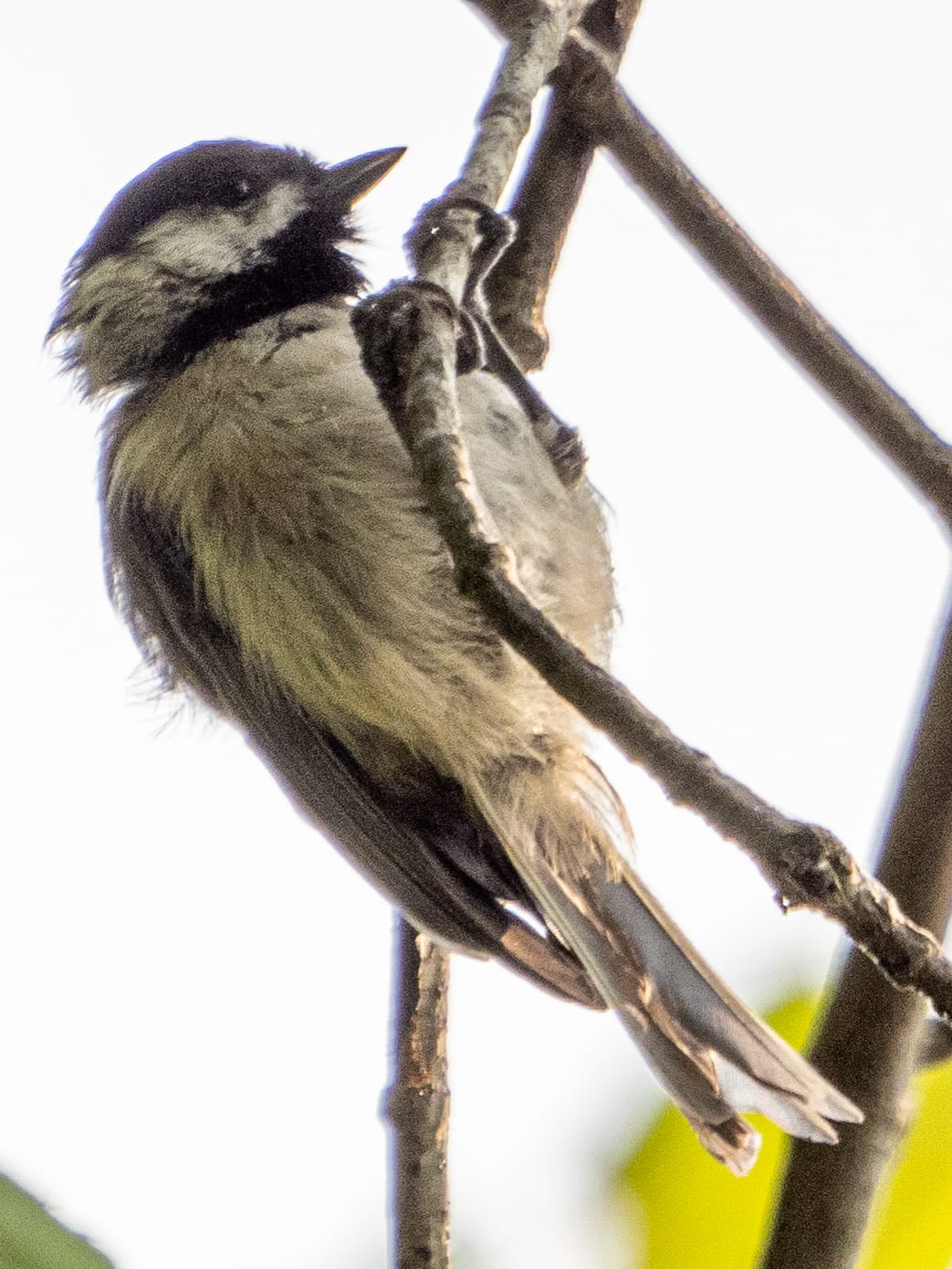
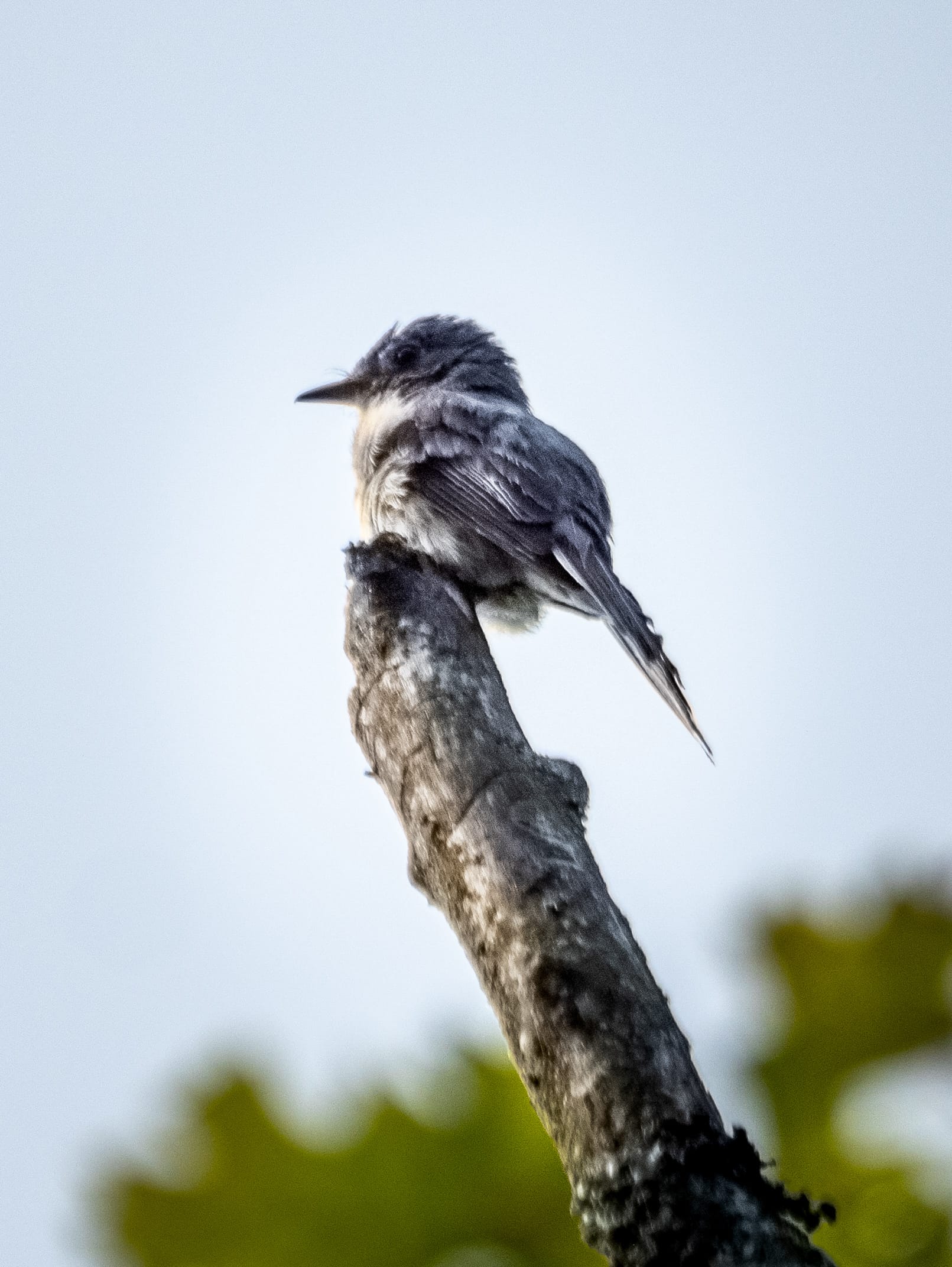
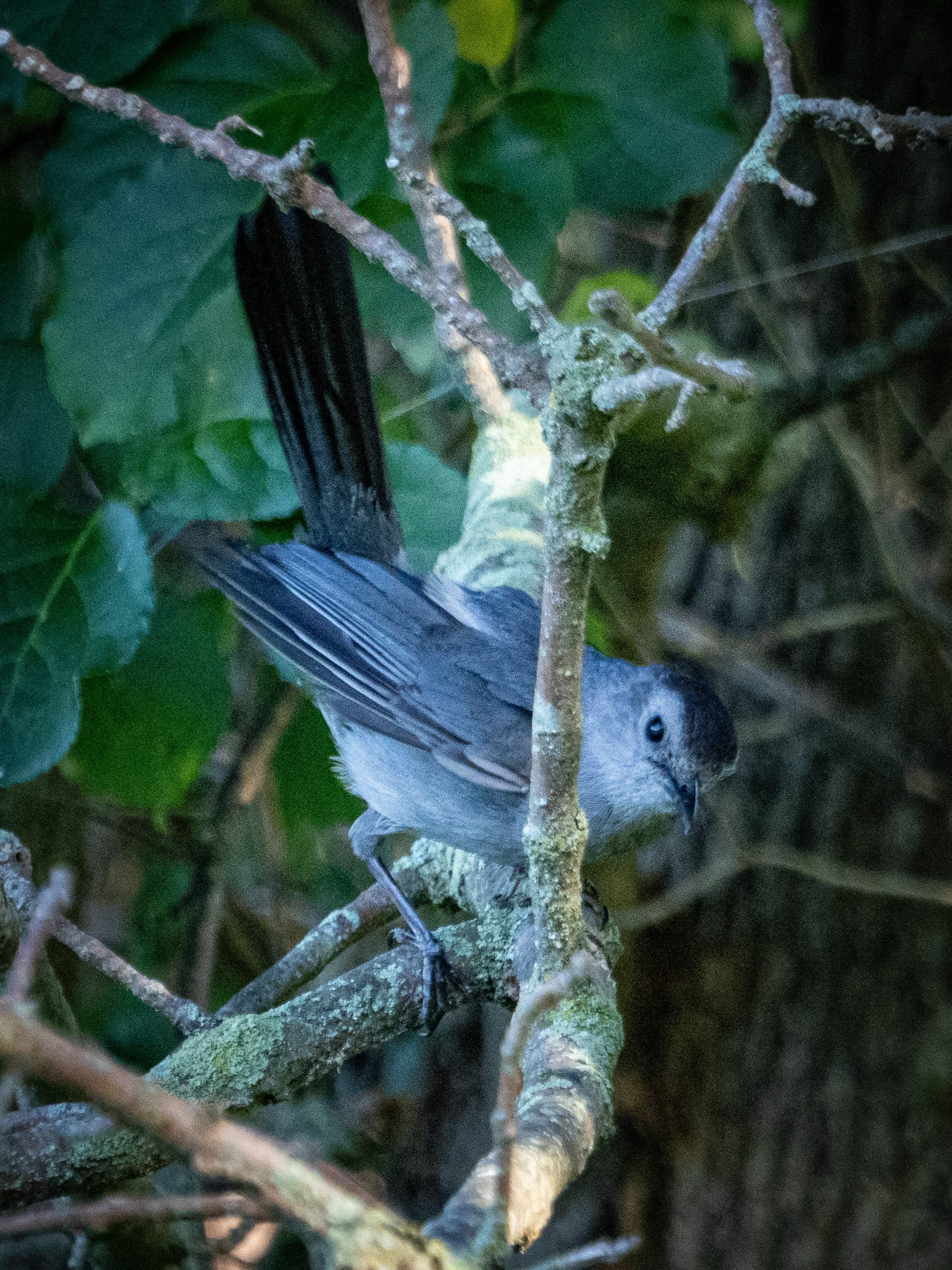
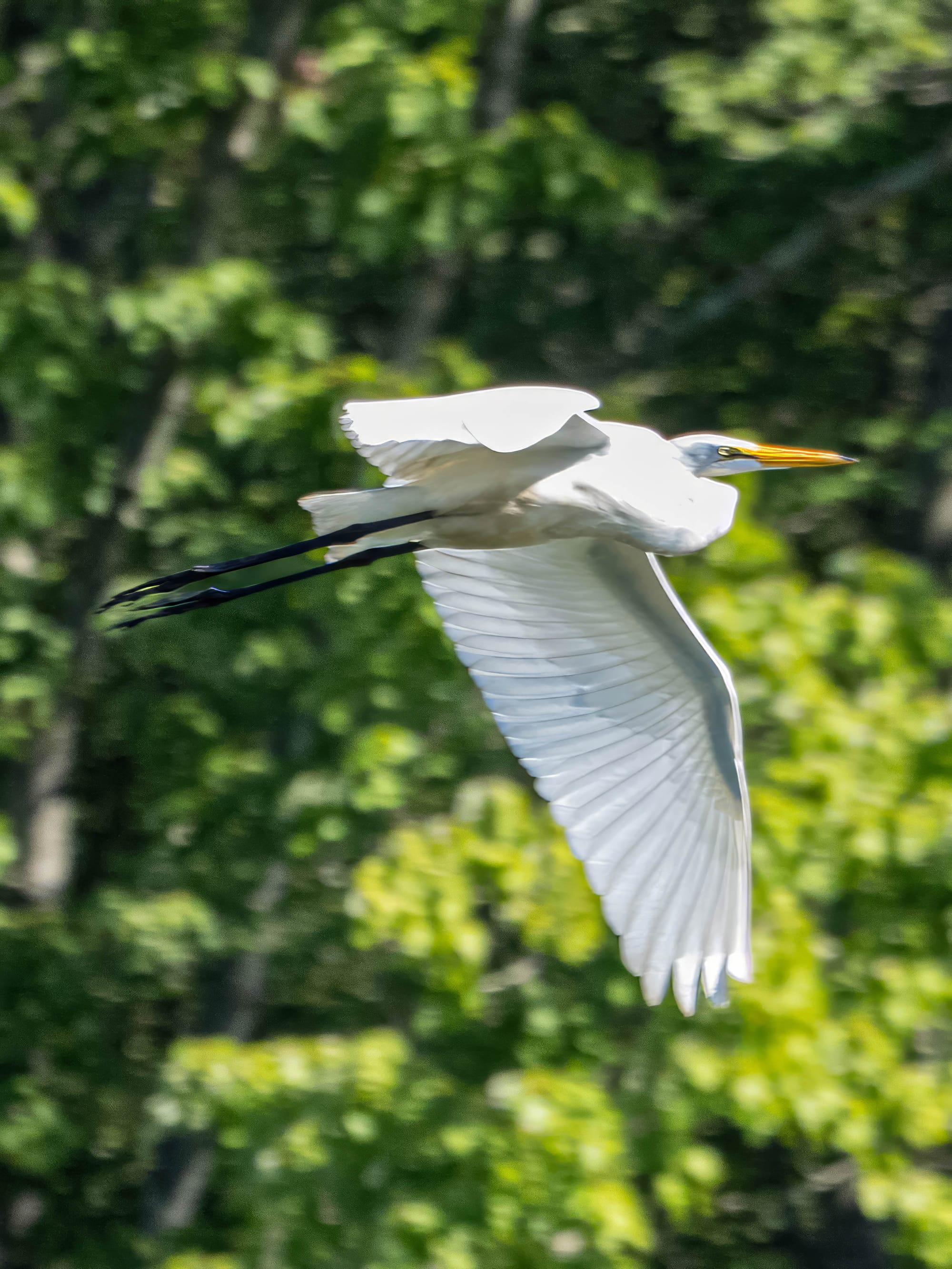
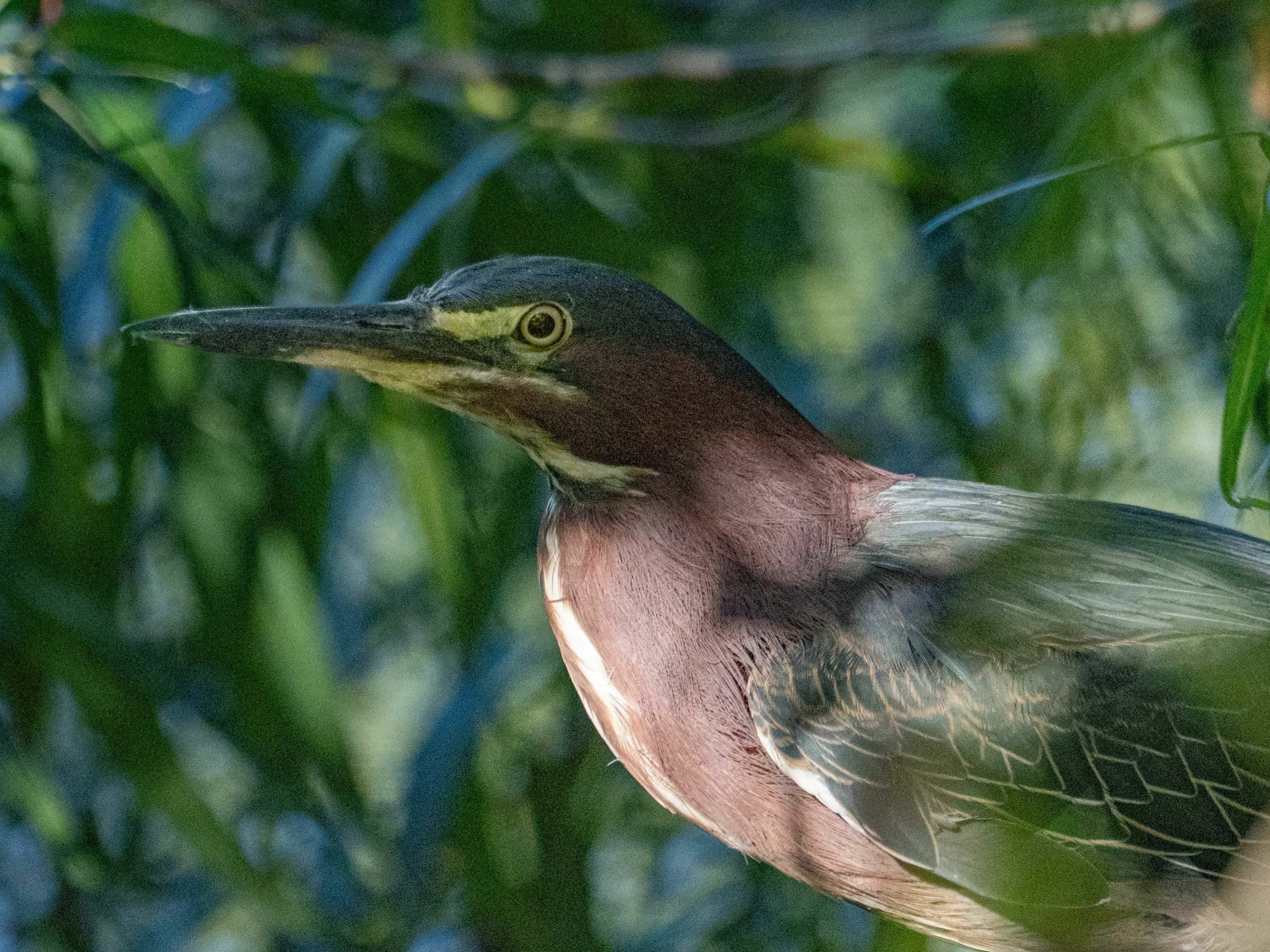
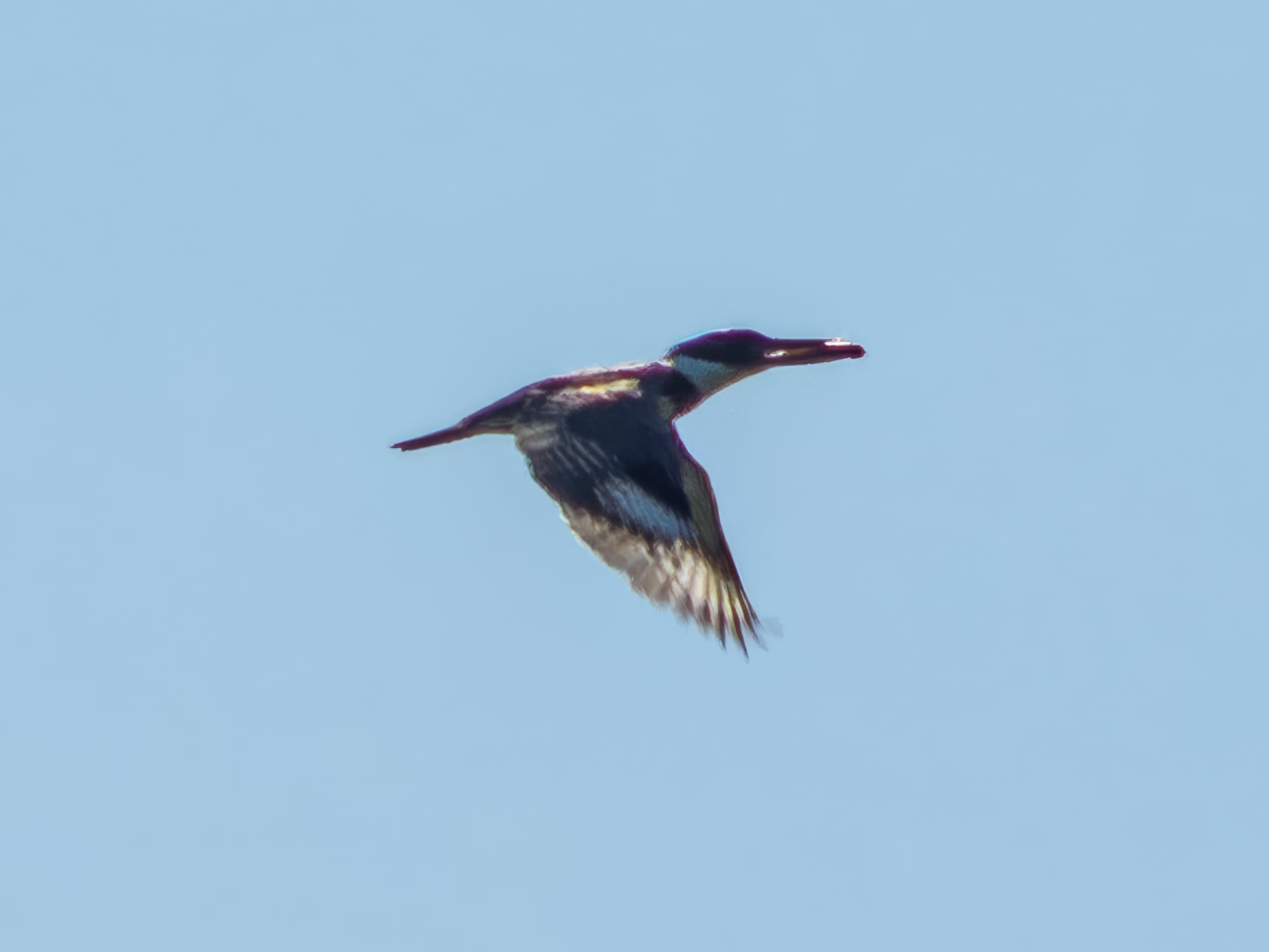
Northern Flicker, Carolina Chickadee, Eastern Wood Peewee, Catbird, Great Egret, Green Heron, Belted Kingfisher (with fish).
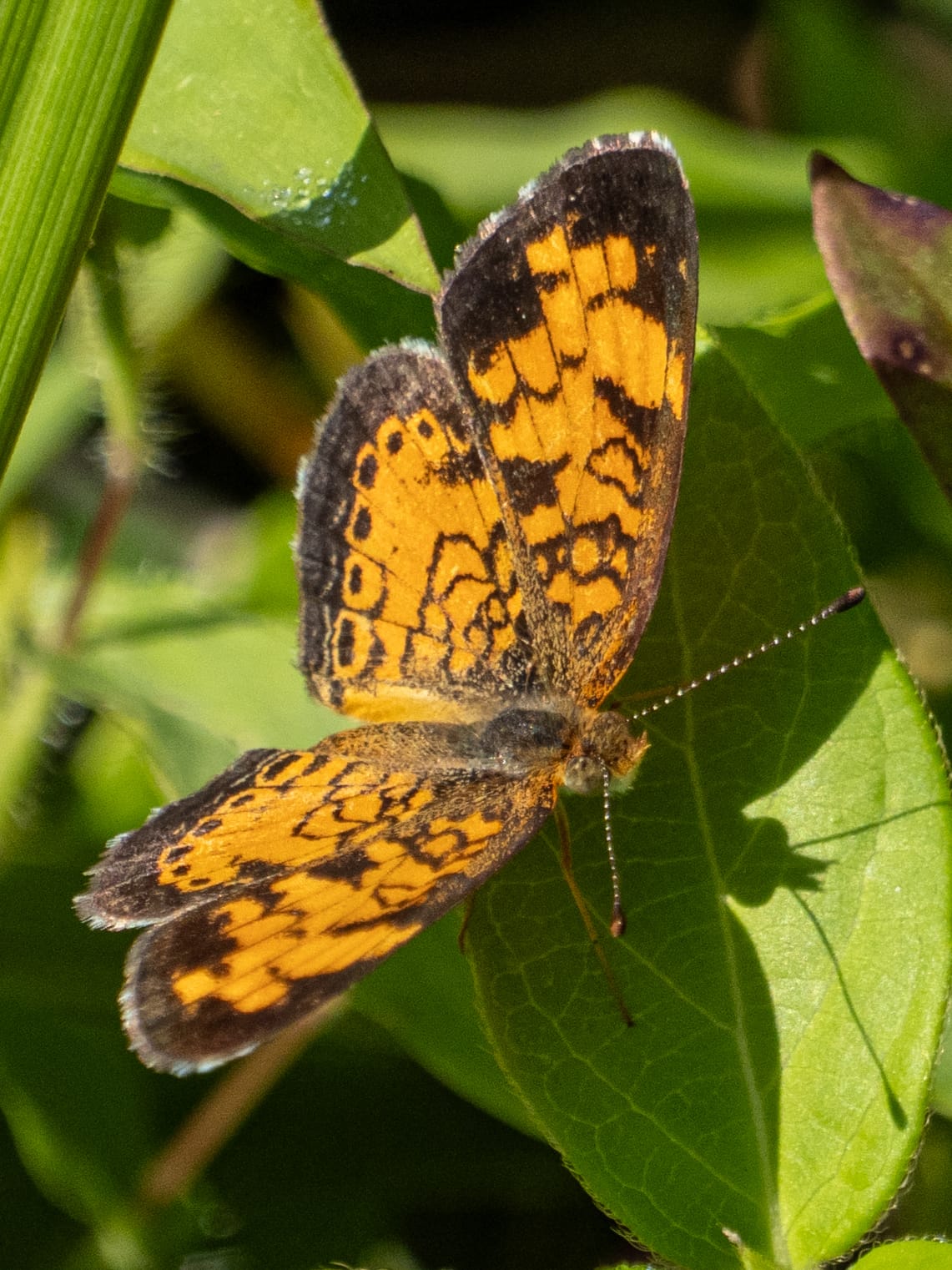
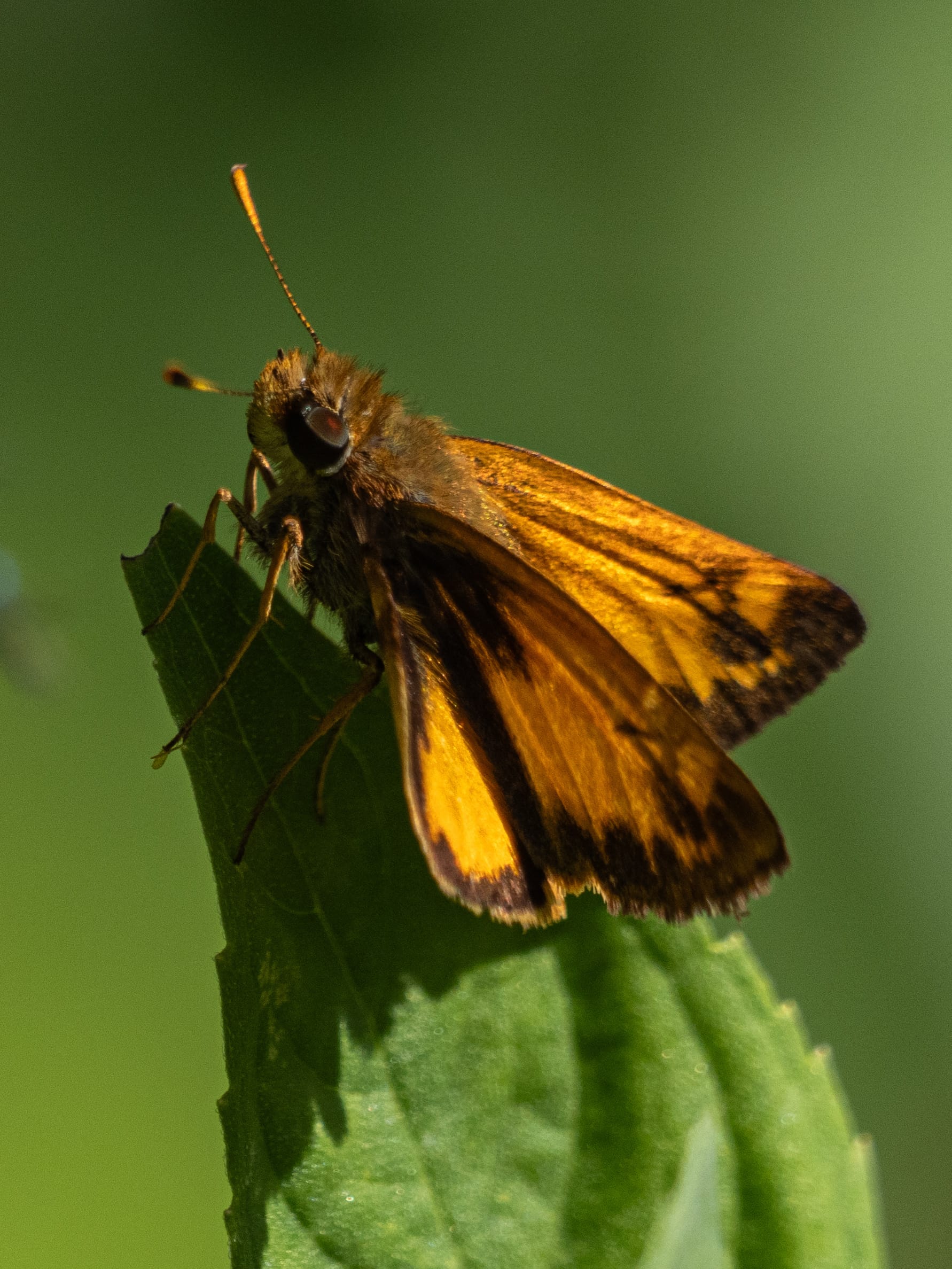
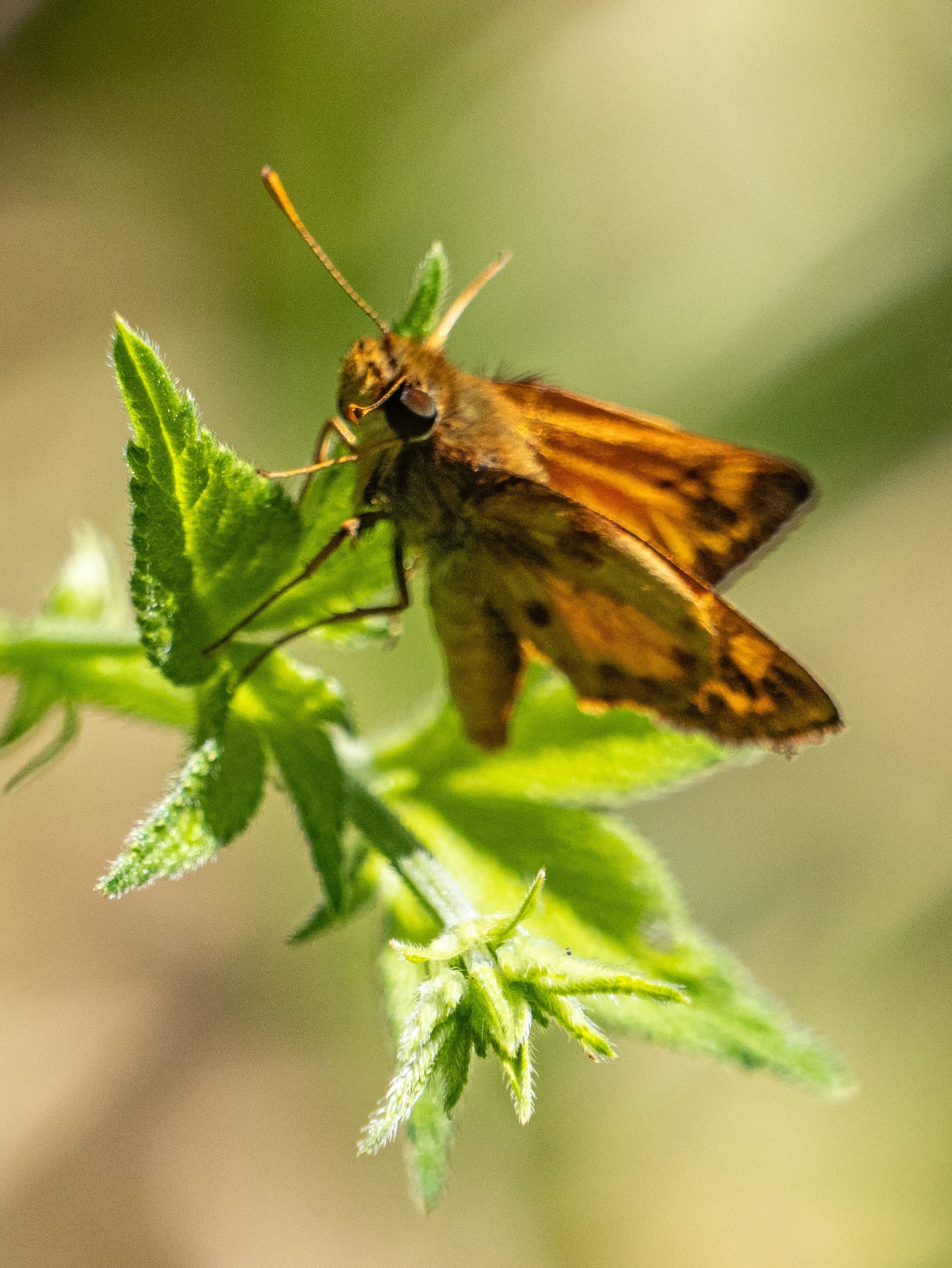
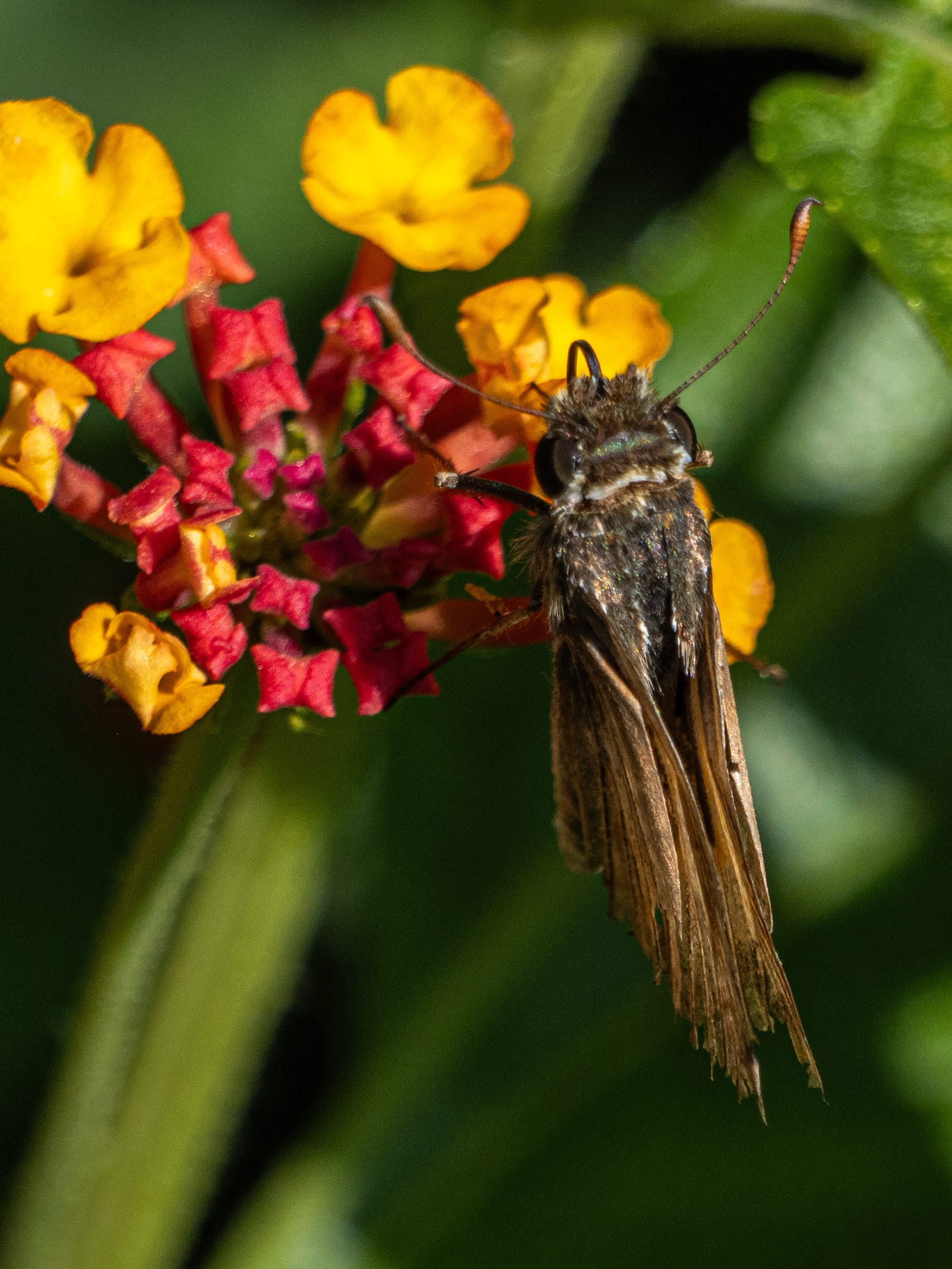
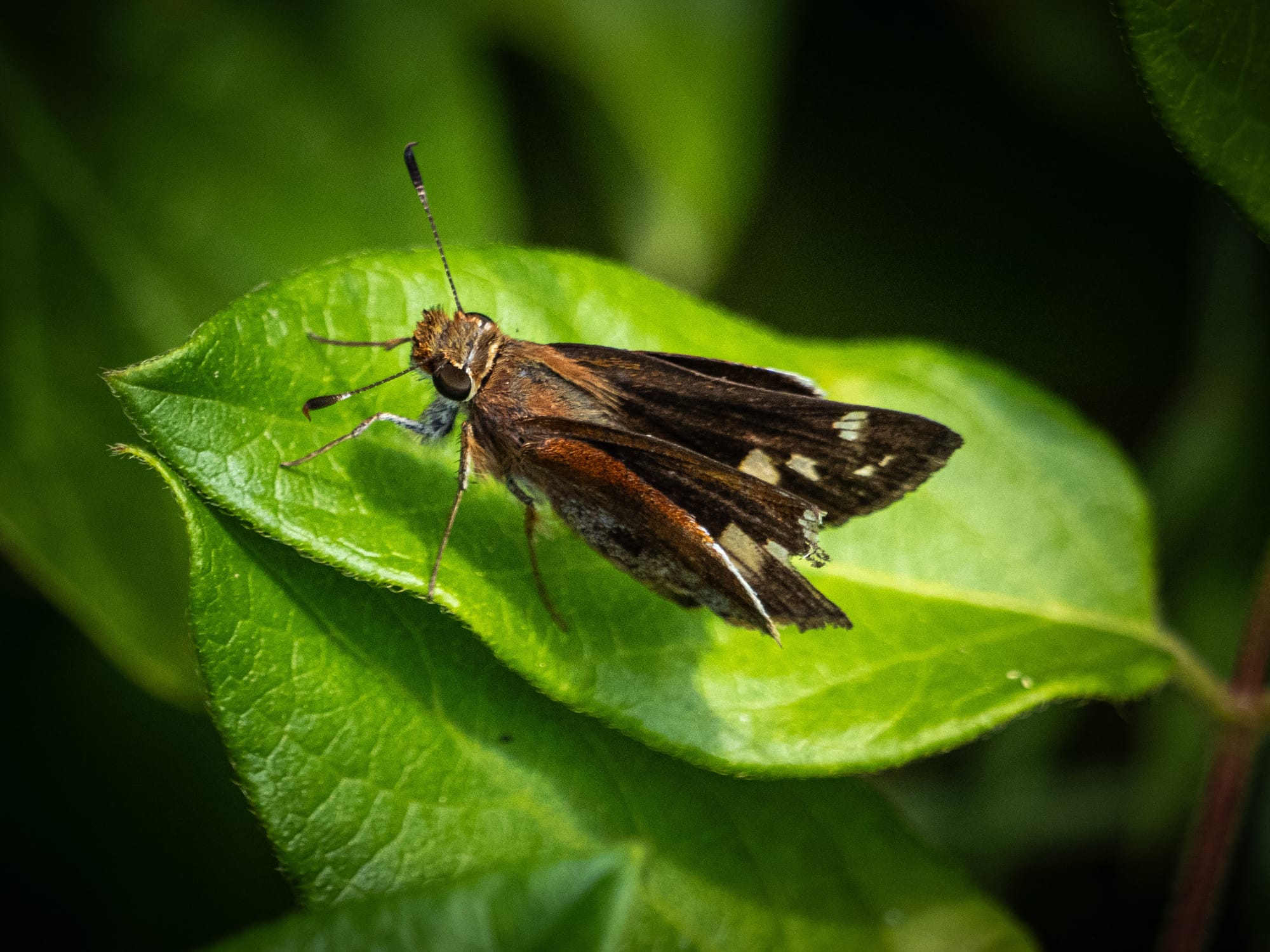
Pearl Crescent, Zabulon Skipper Female, Peck's Skipper, Huron Sachem, Zabulon Skipper Male
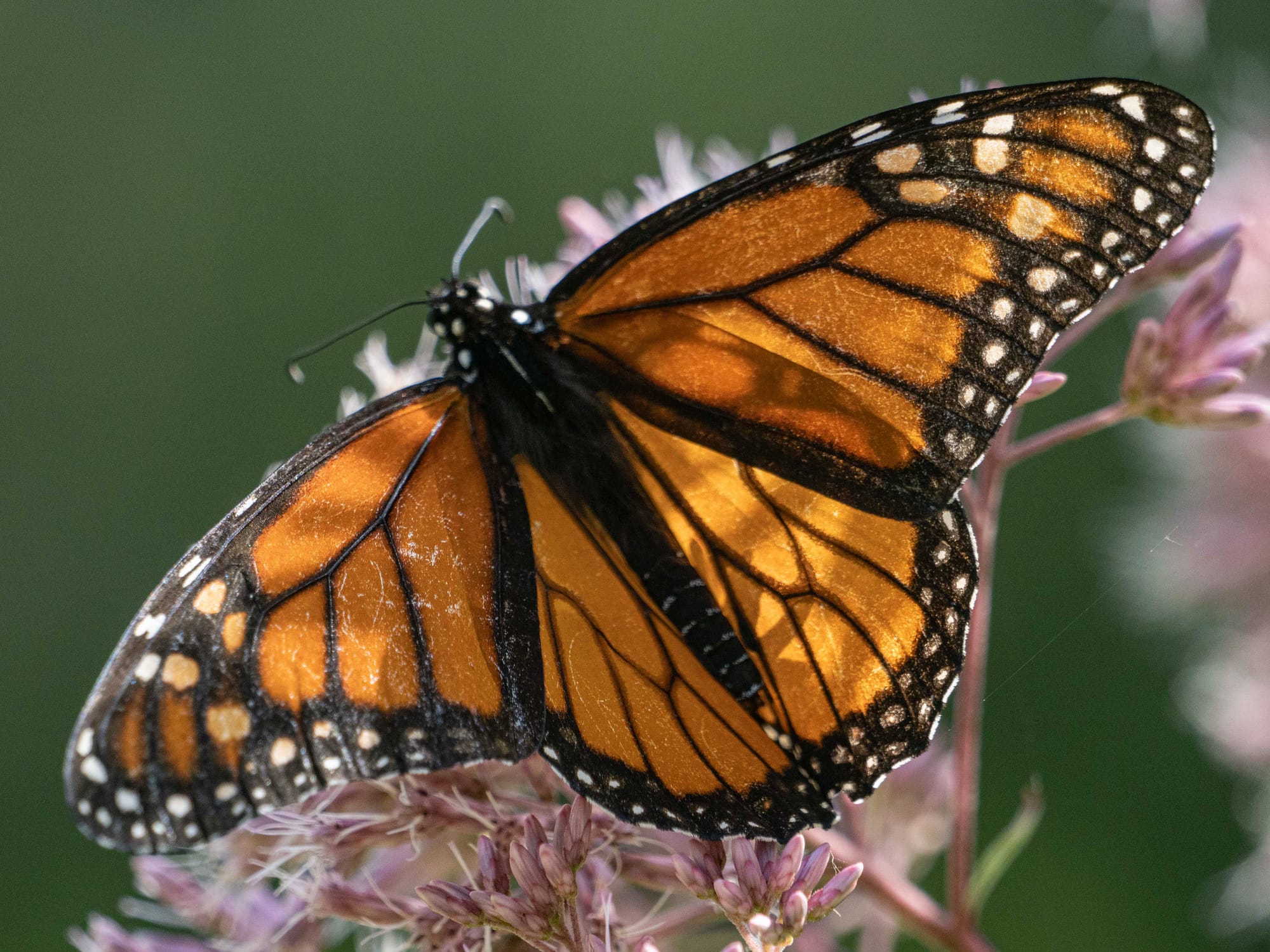
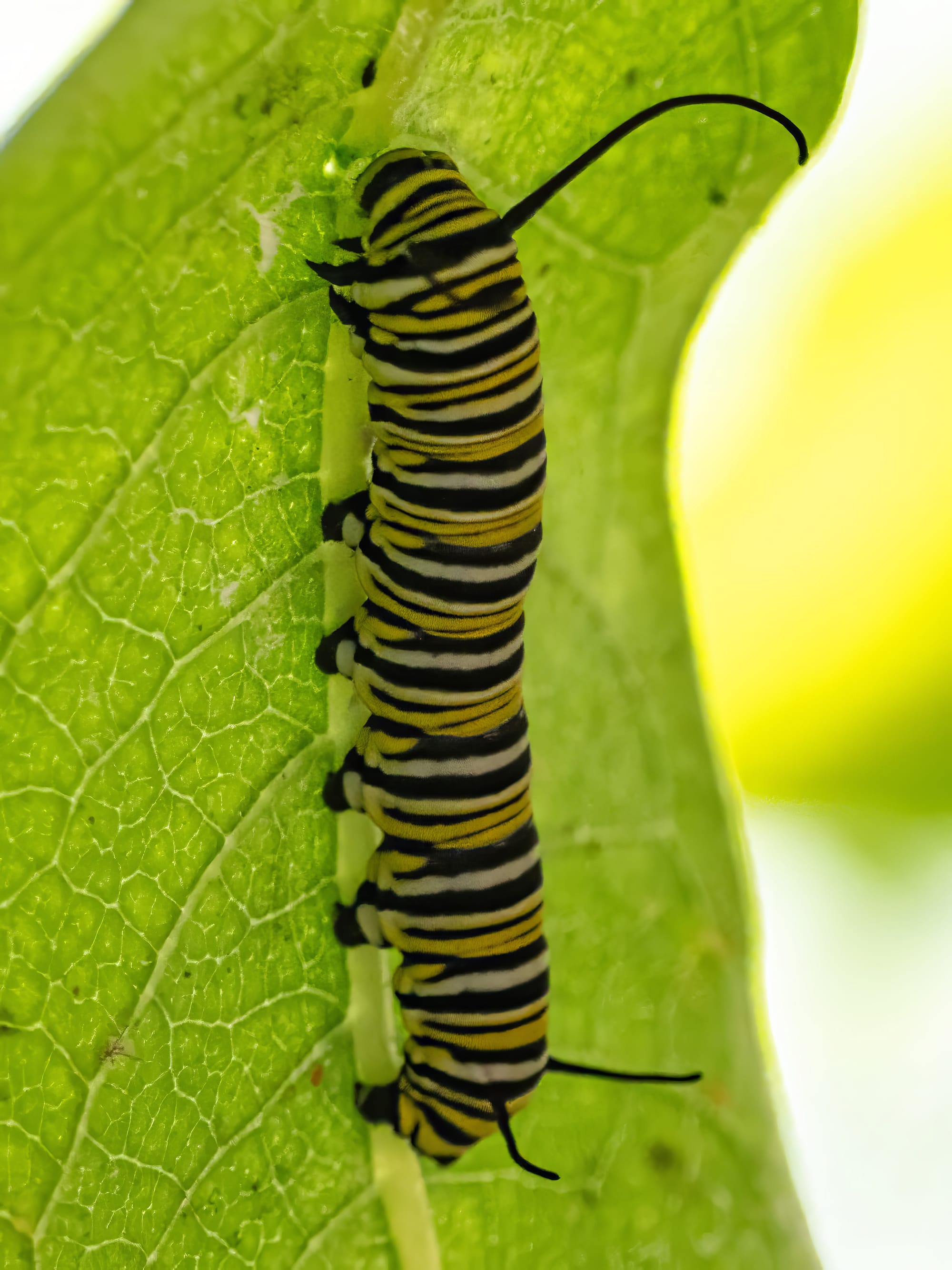
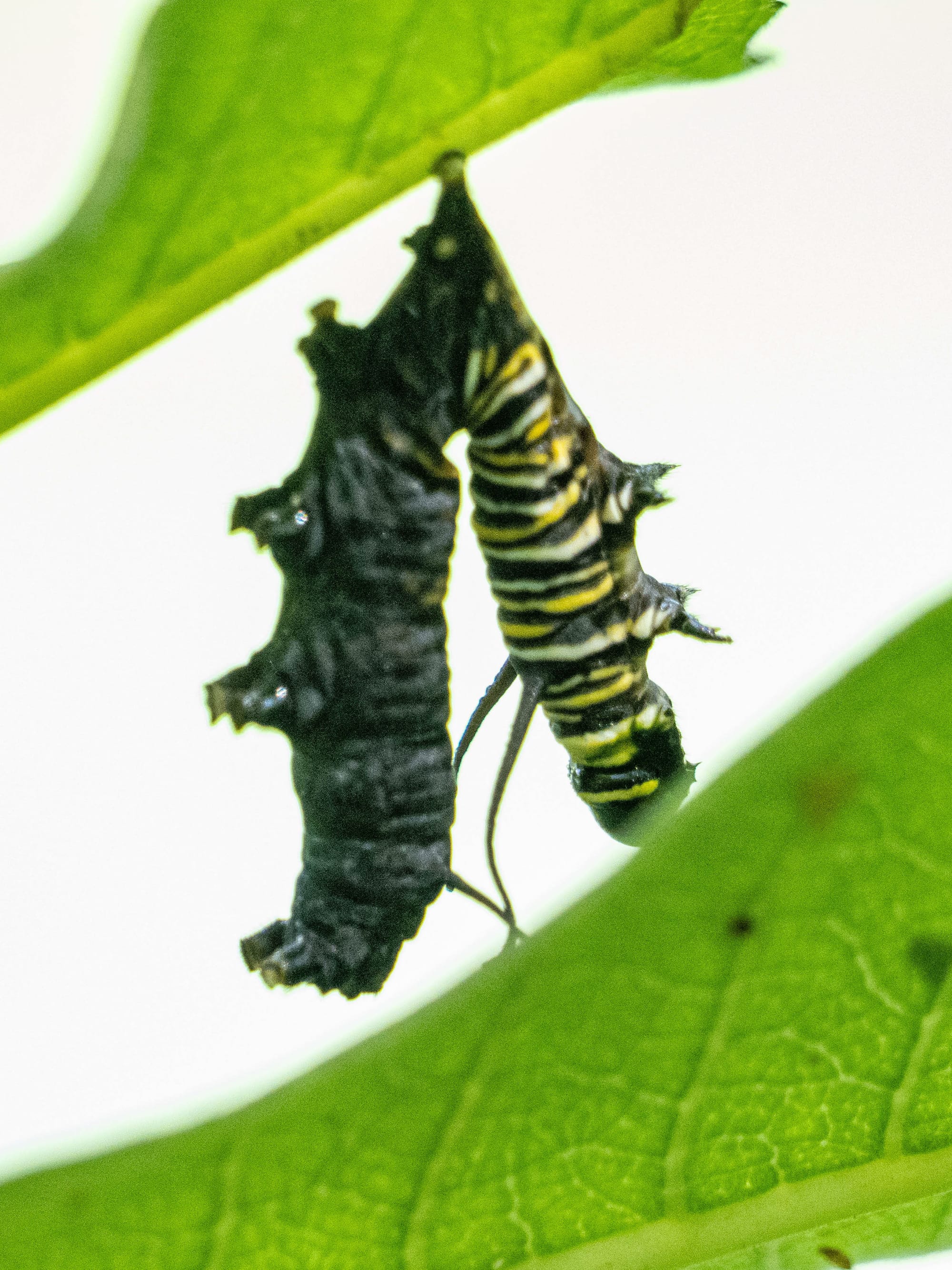
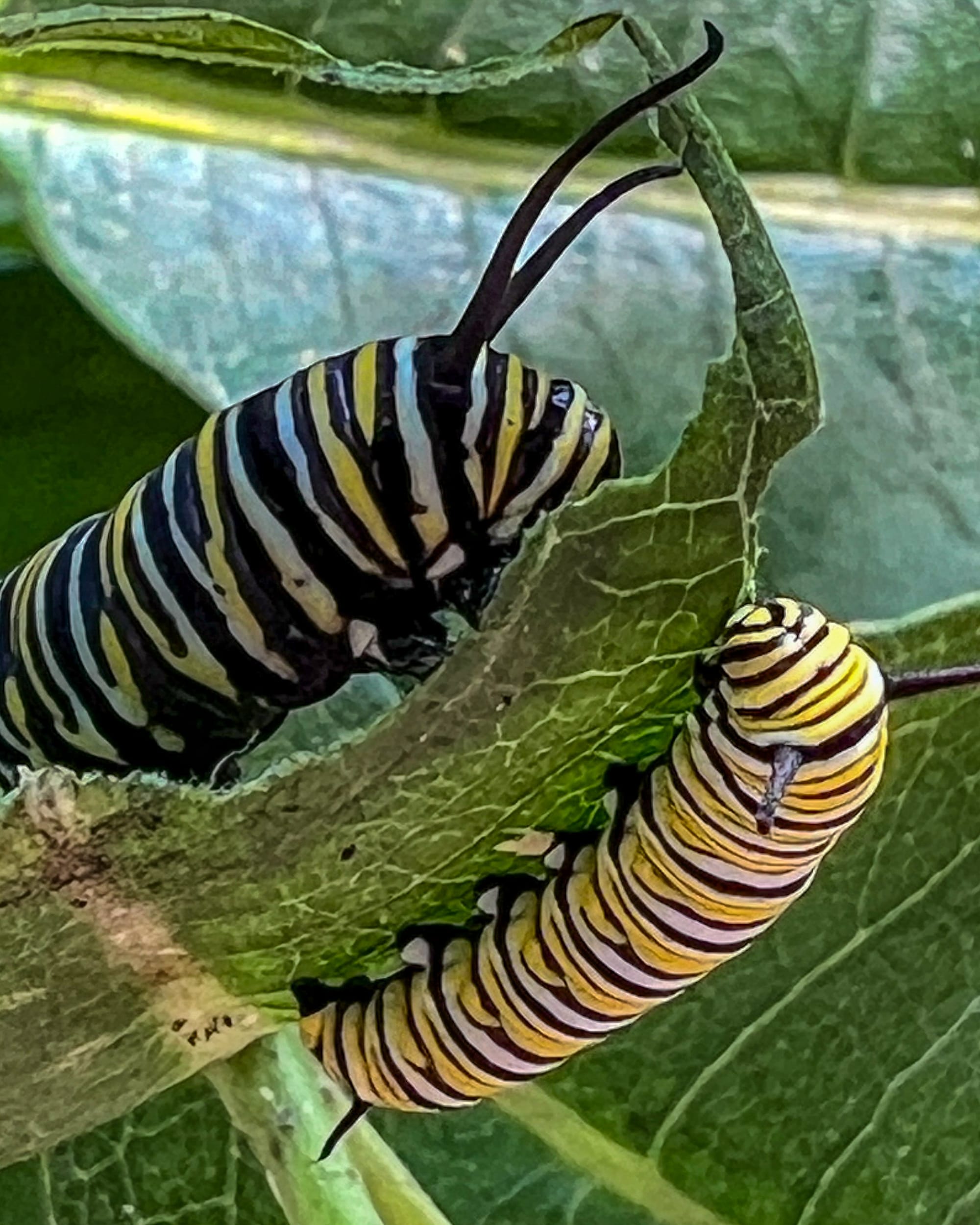
Monarch, Monarch Caterpillar, Molting caterpillar, two stages (instars) of the caterpillar growth cycle.
After they hatch from eggs Monarch caterpillars molt five times over 20-30 days as they grow towards metamorphosis. The milkweed plant is essential to their development, you will find Monarch caterpillars on the milkweed plants around the pond.
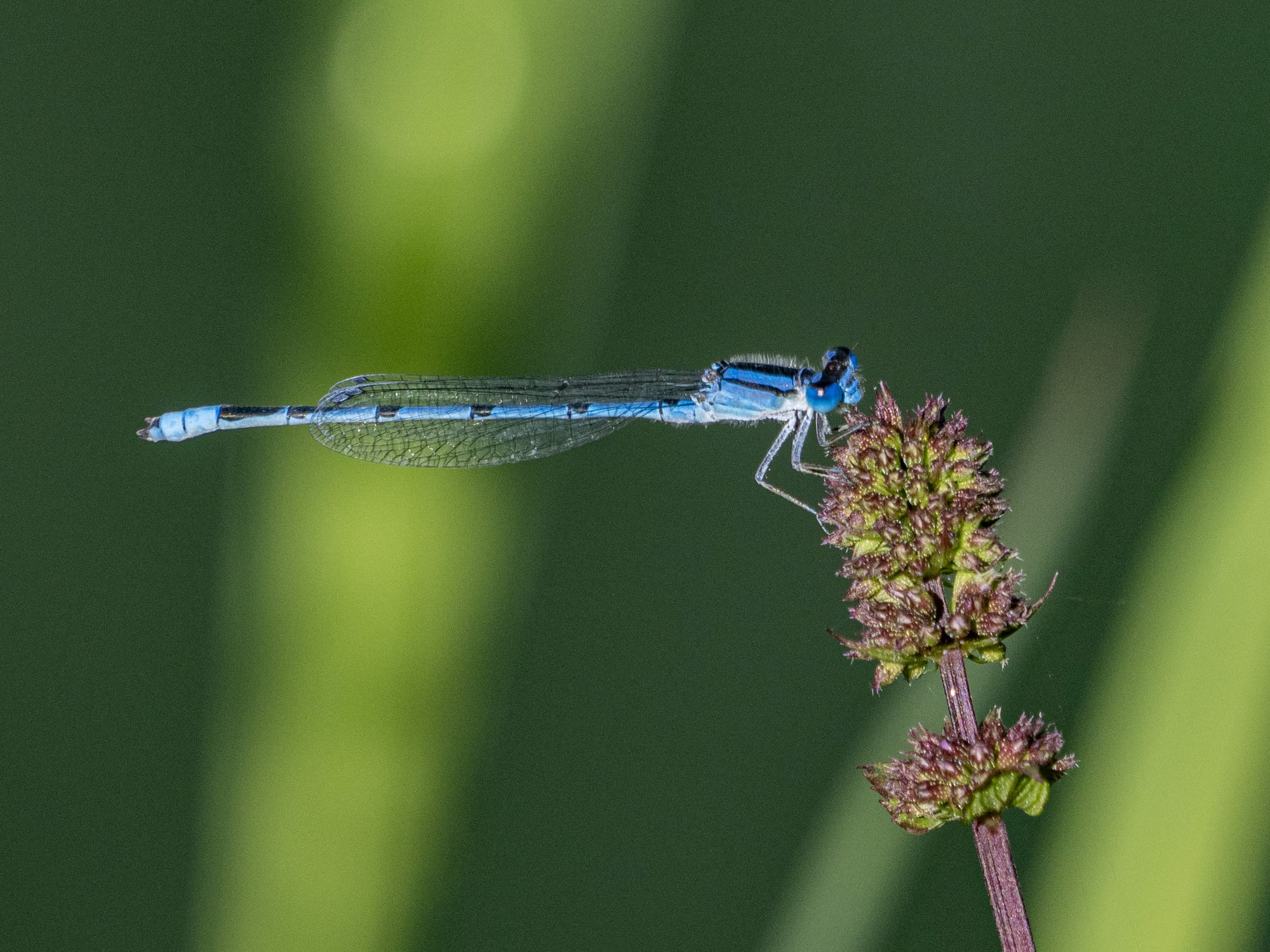
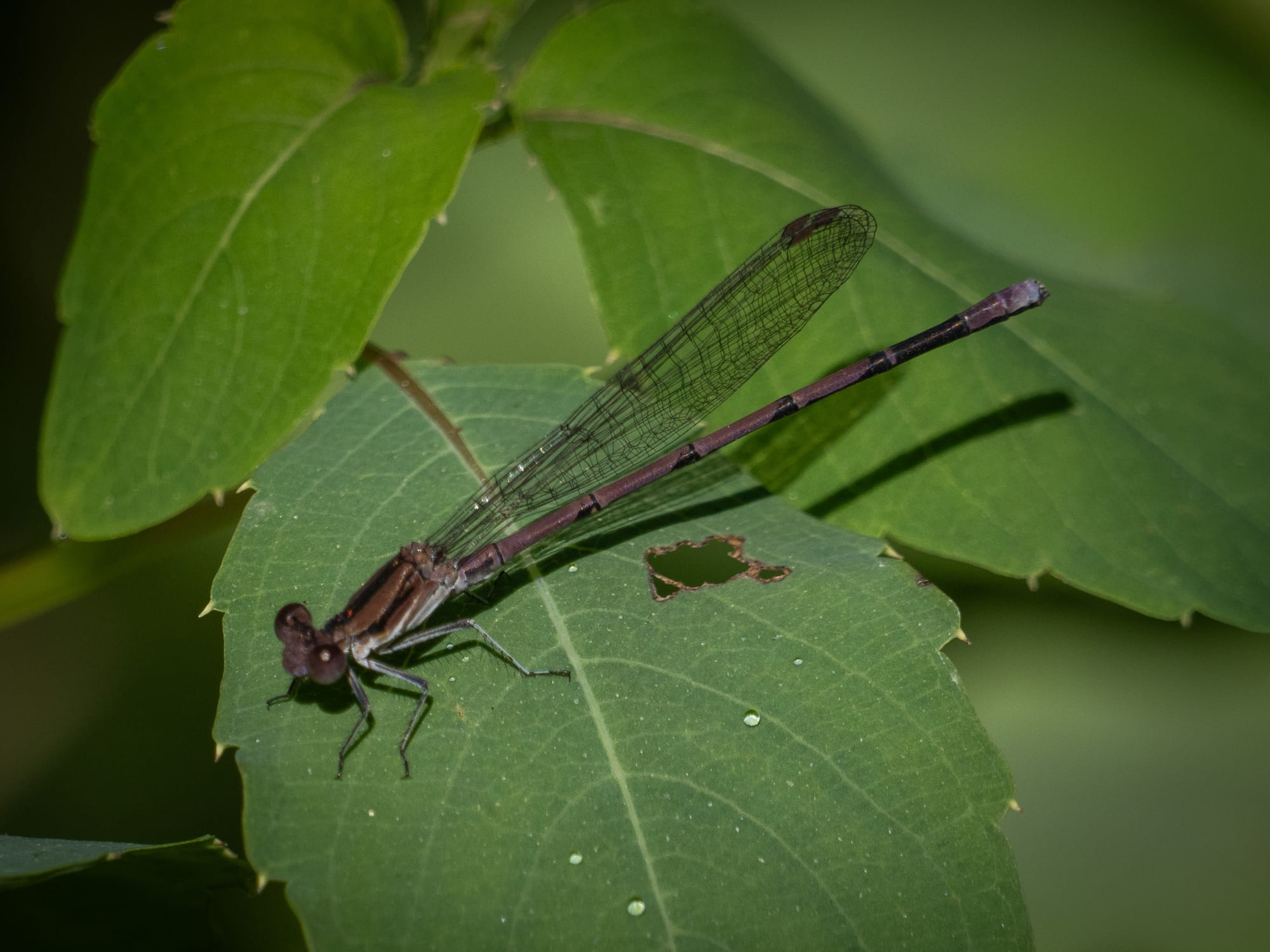
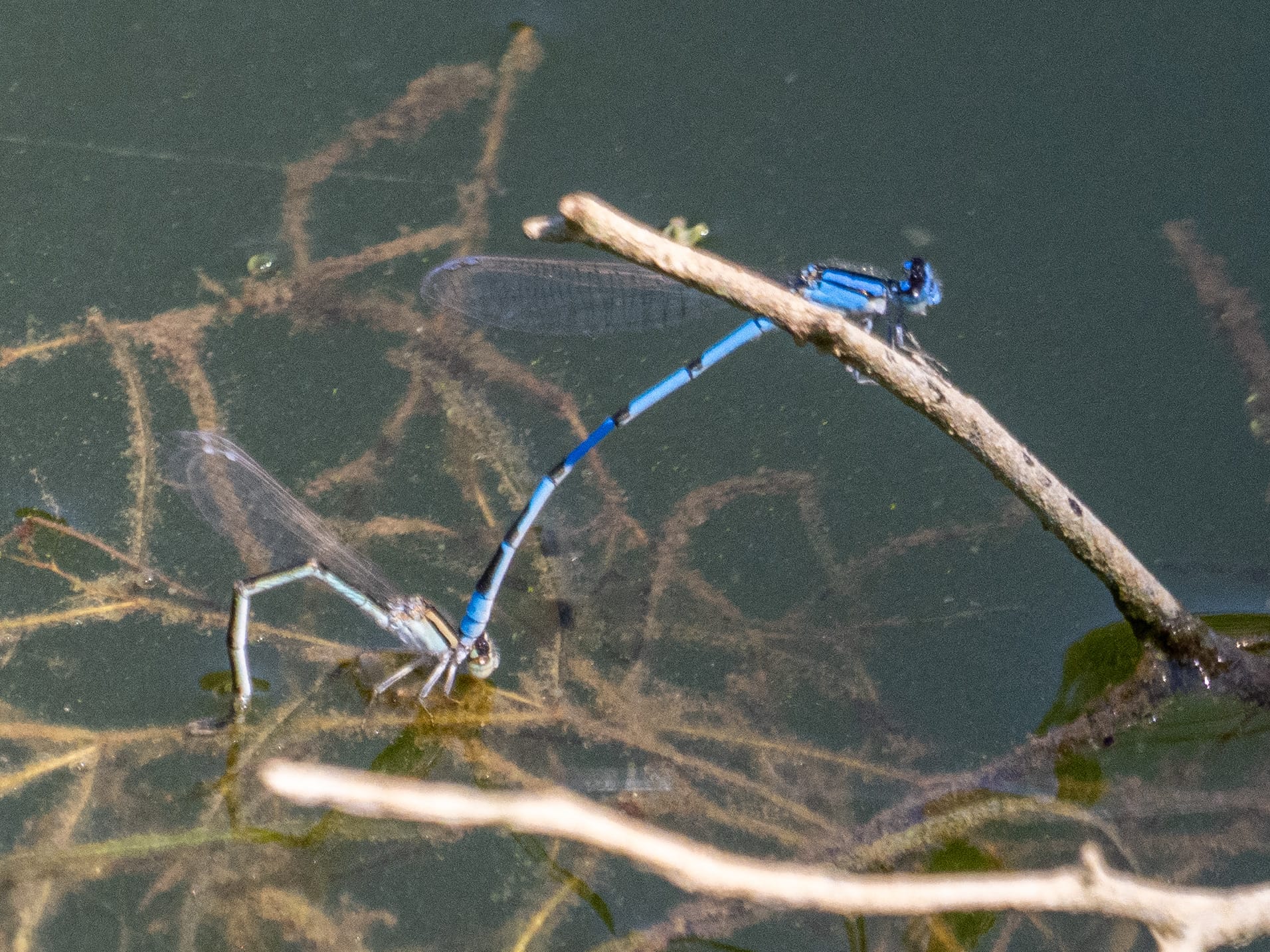
This week's damselflies include a Familiar Bluet, a Fragile Forktai, and a mating pair of Familiar Bluets depositing eggs on aquatic plants in the pond.
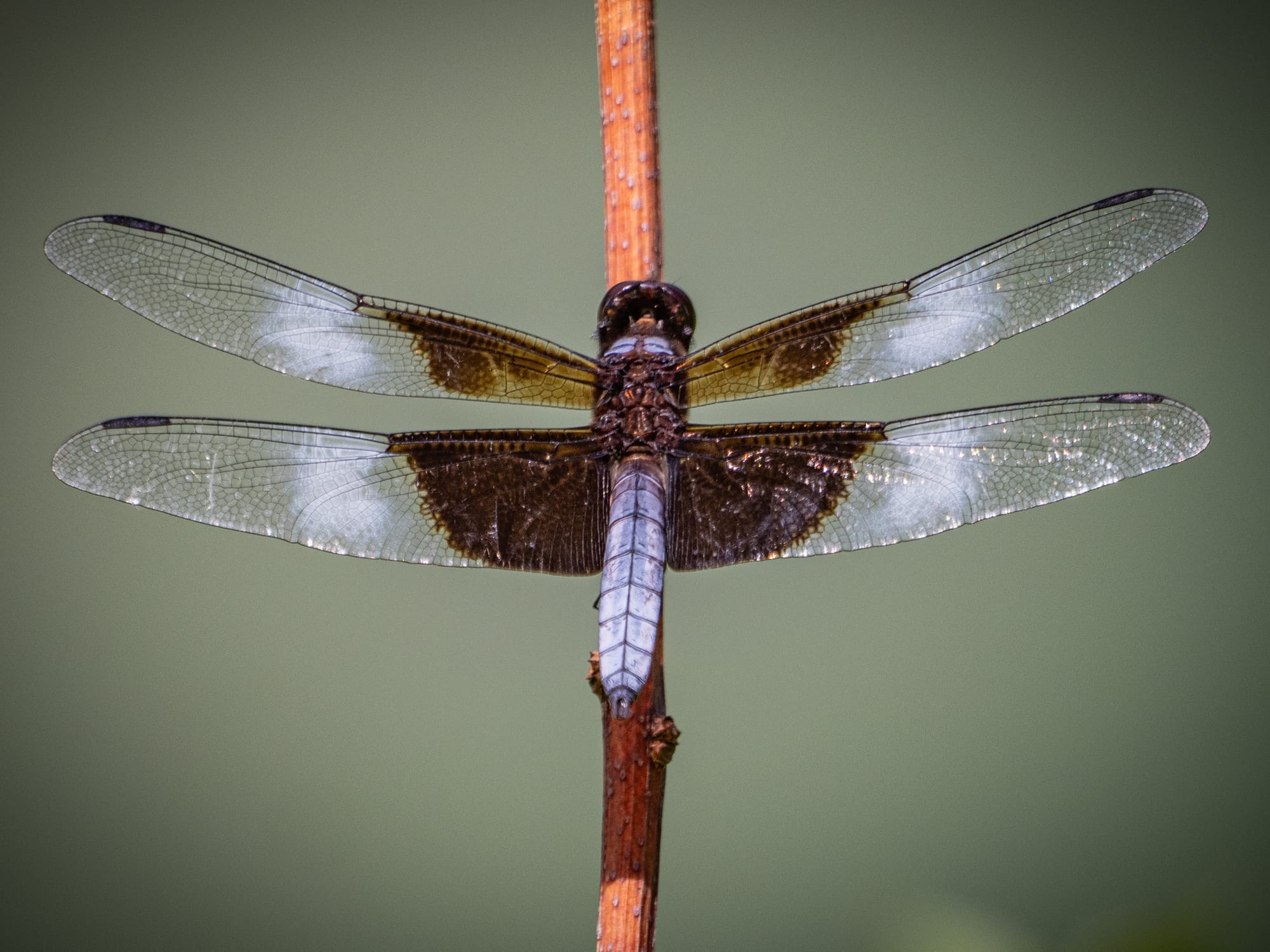
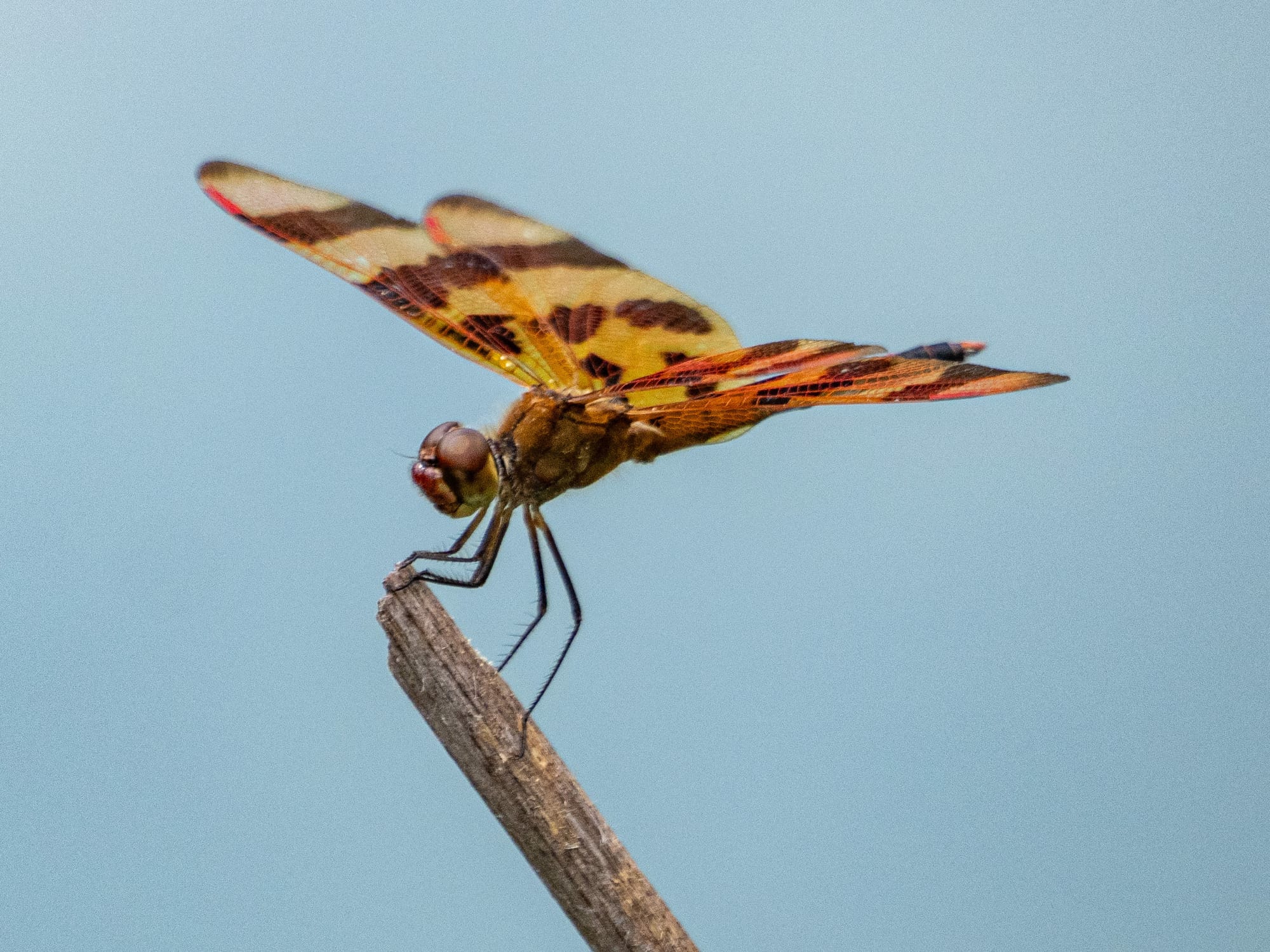
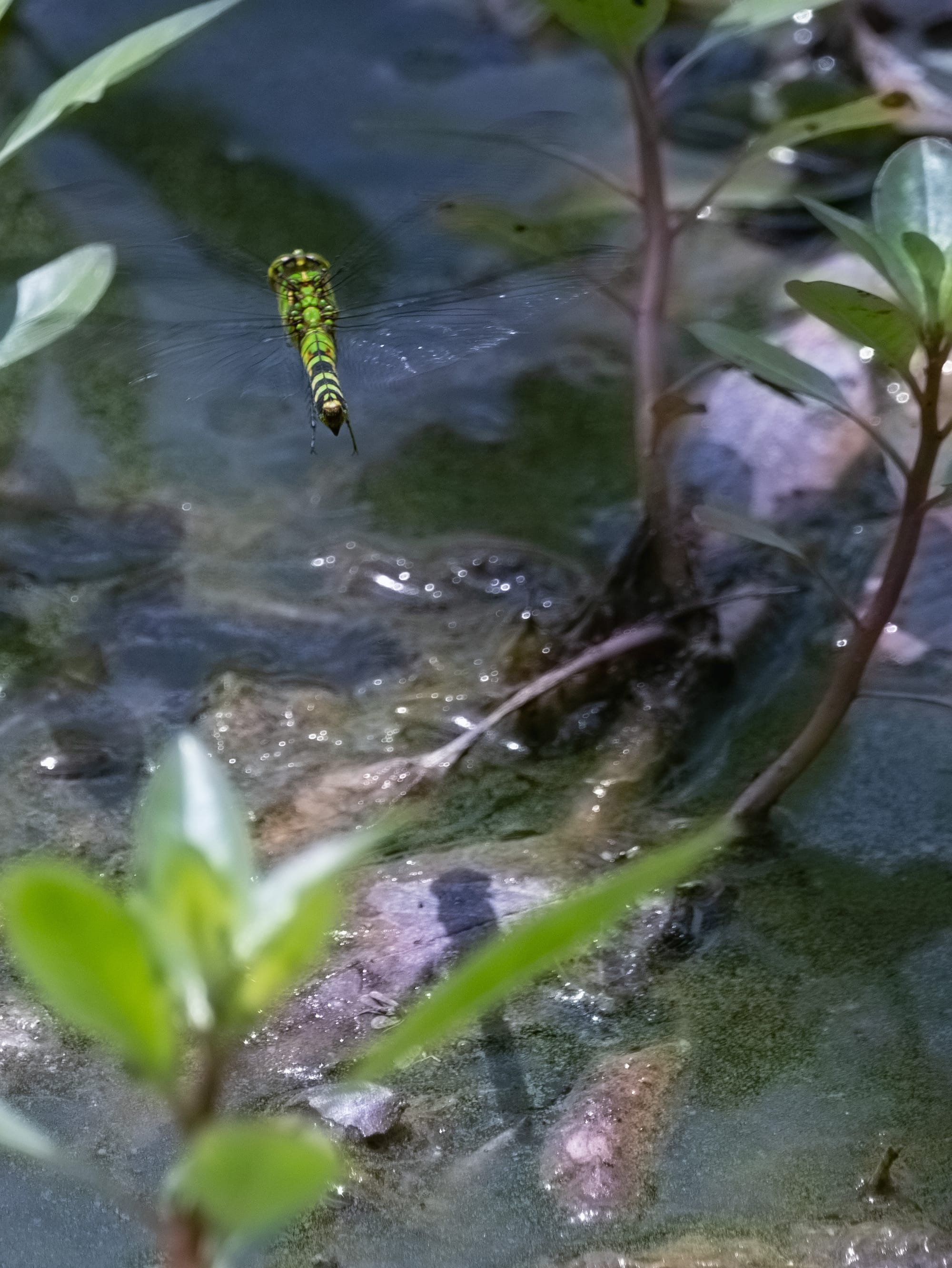
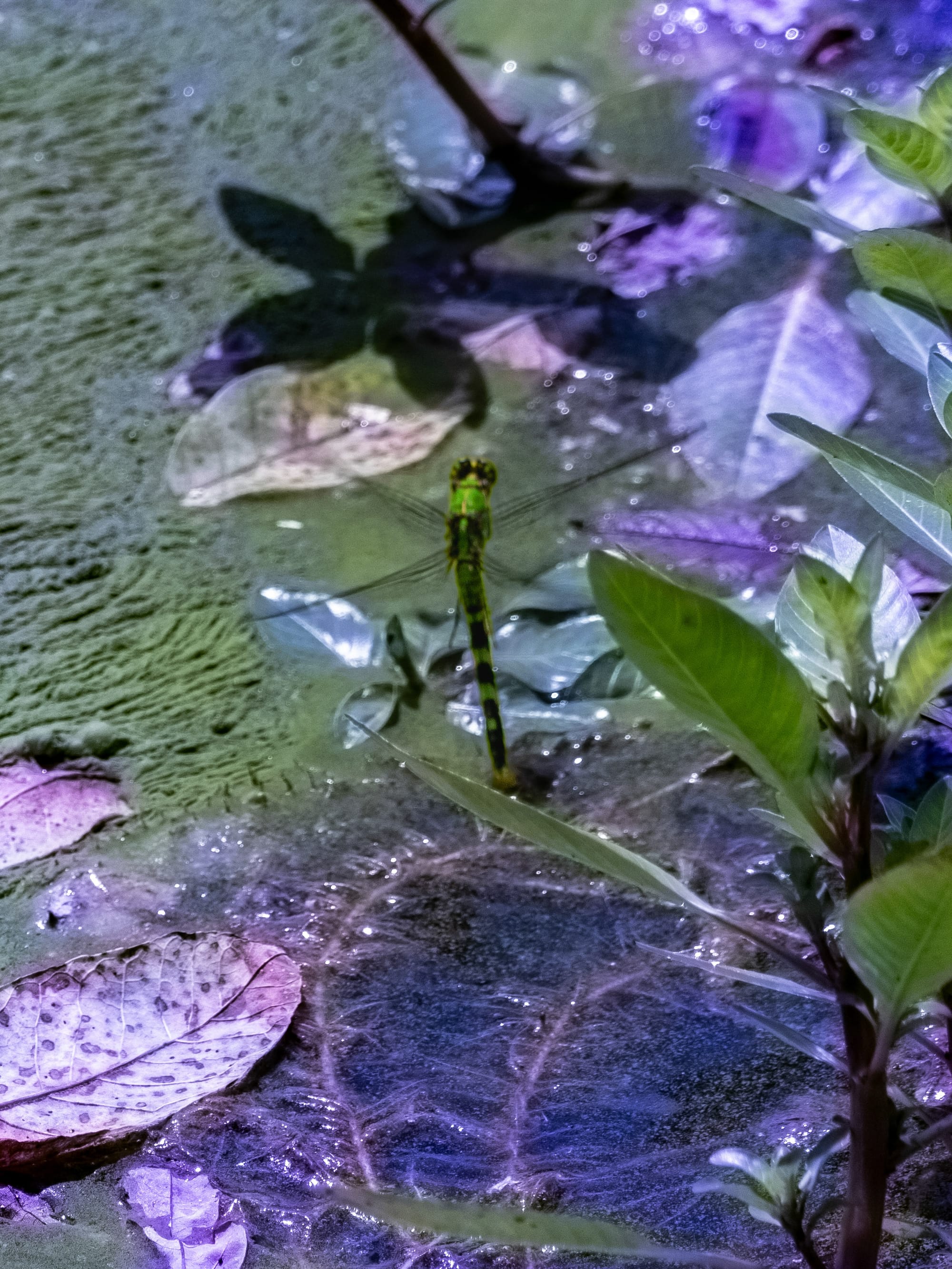
This week's dragonflies; Widow Skimmer, Halloween Pennant, A female Eastern Pondhawk depositing eggs (ovipositing) by hovering over the pond (first photo) and dipping the tip of her abdomen in the water (second photo).
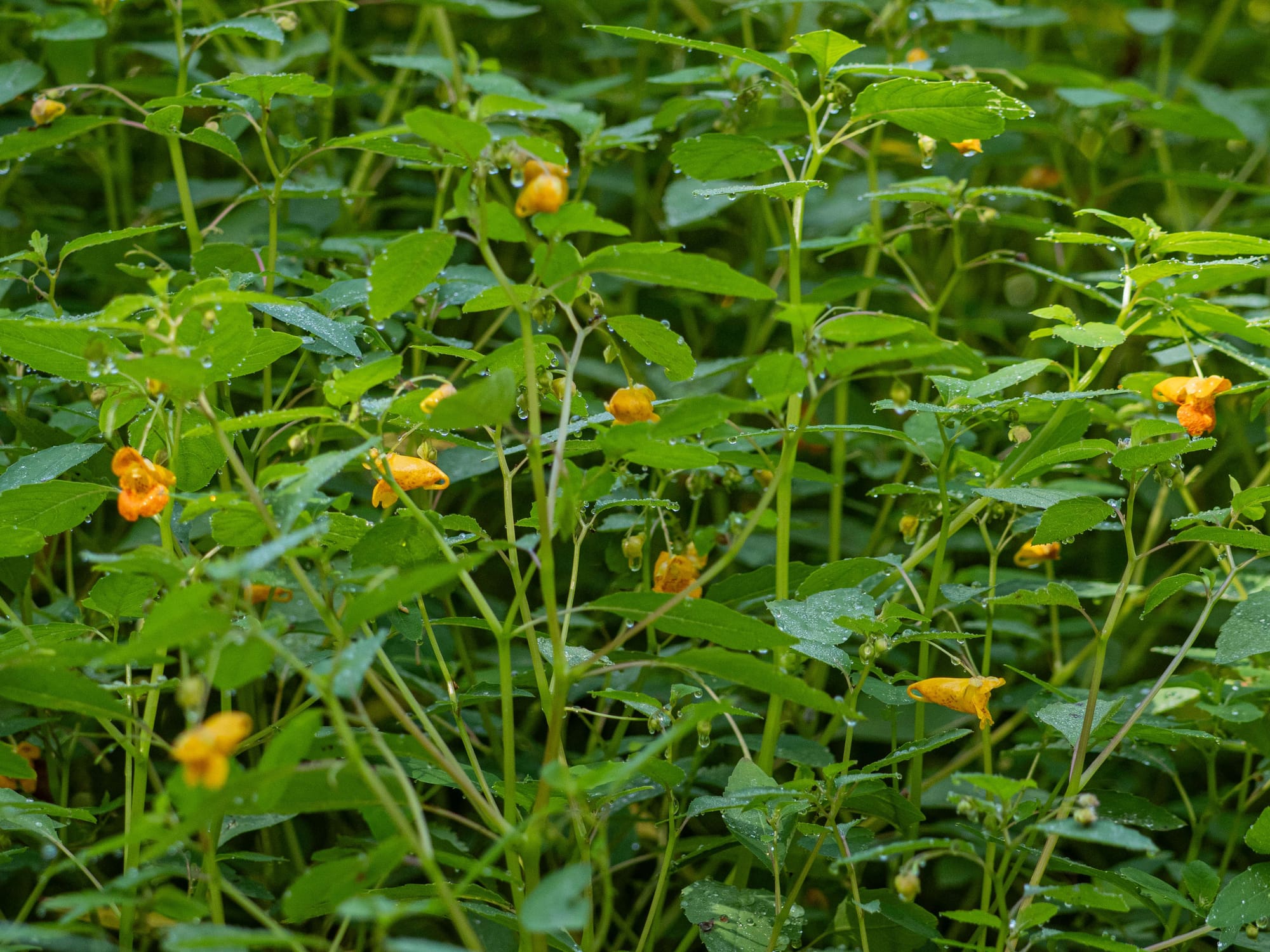
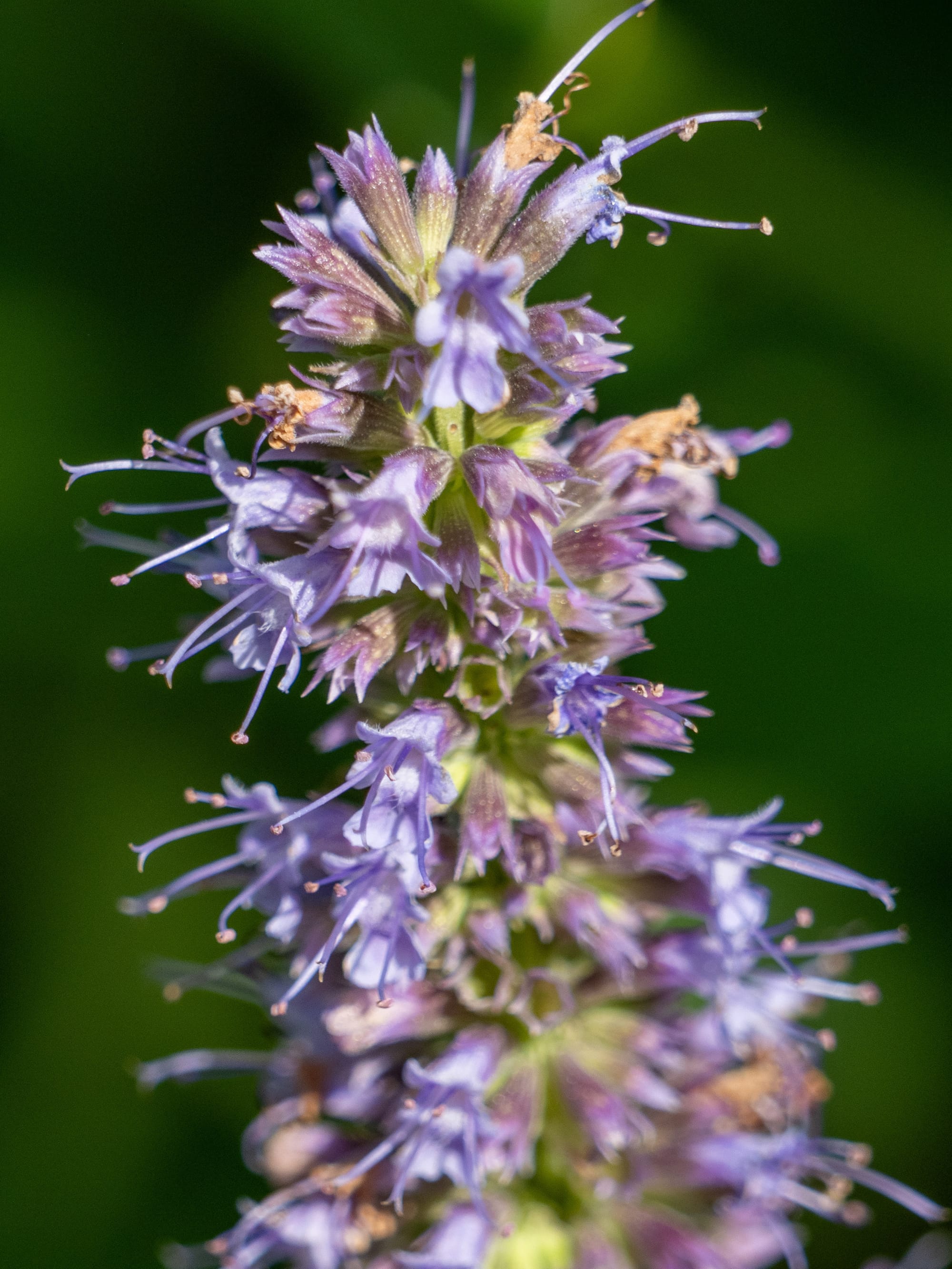
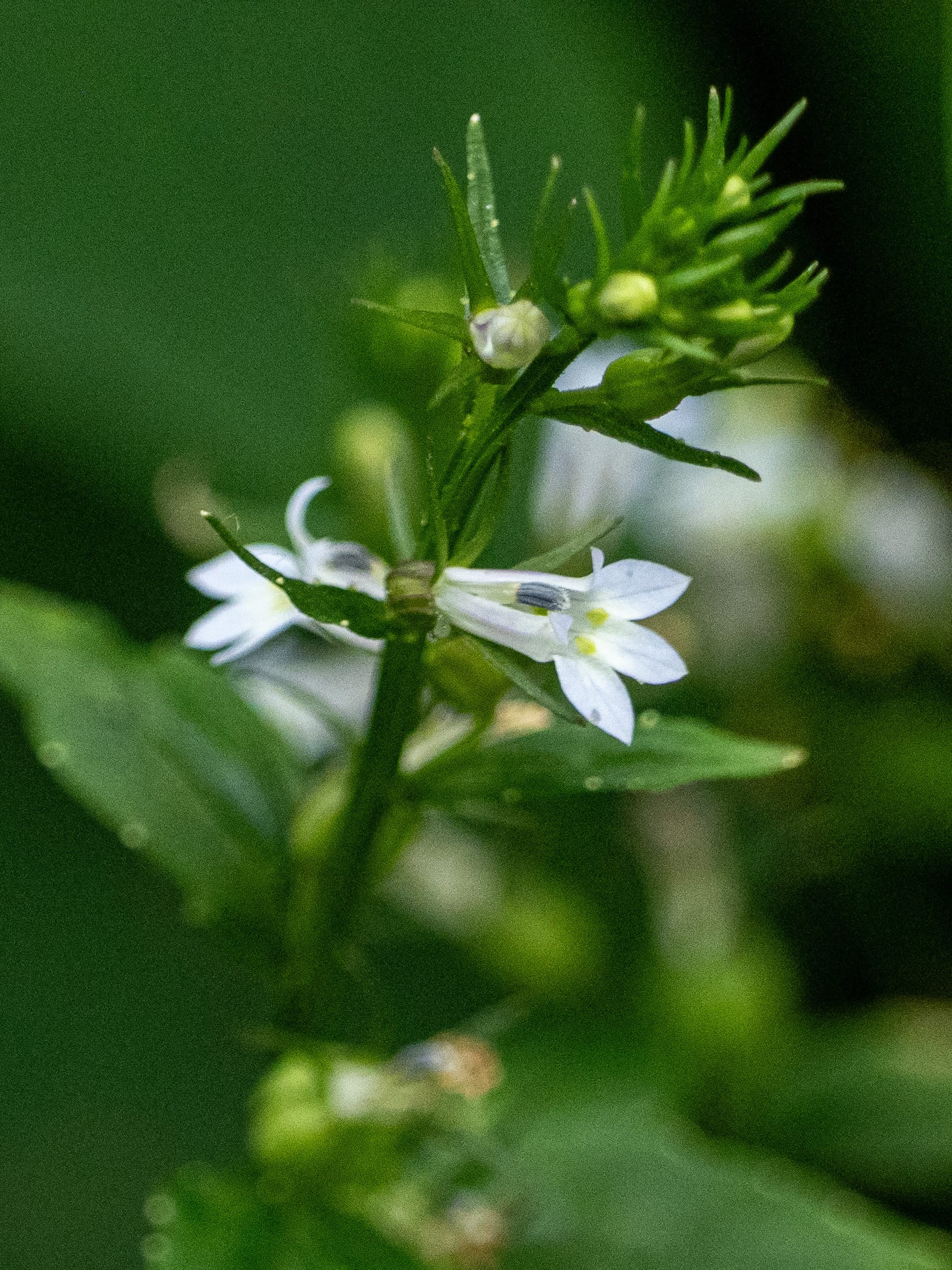
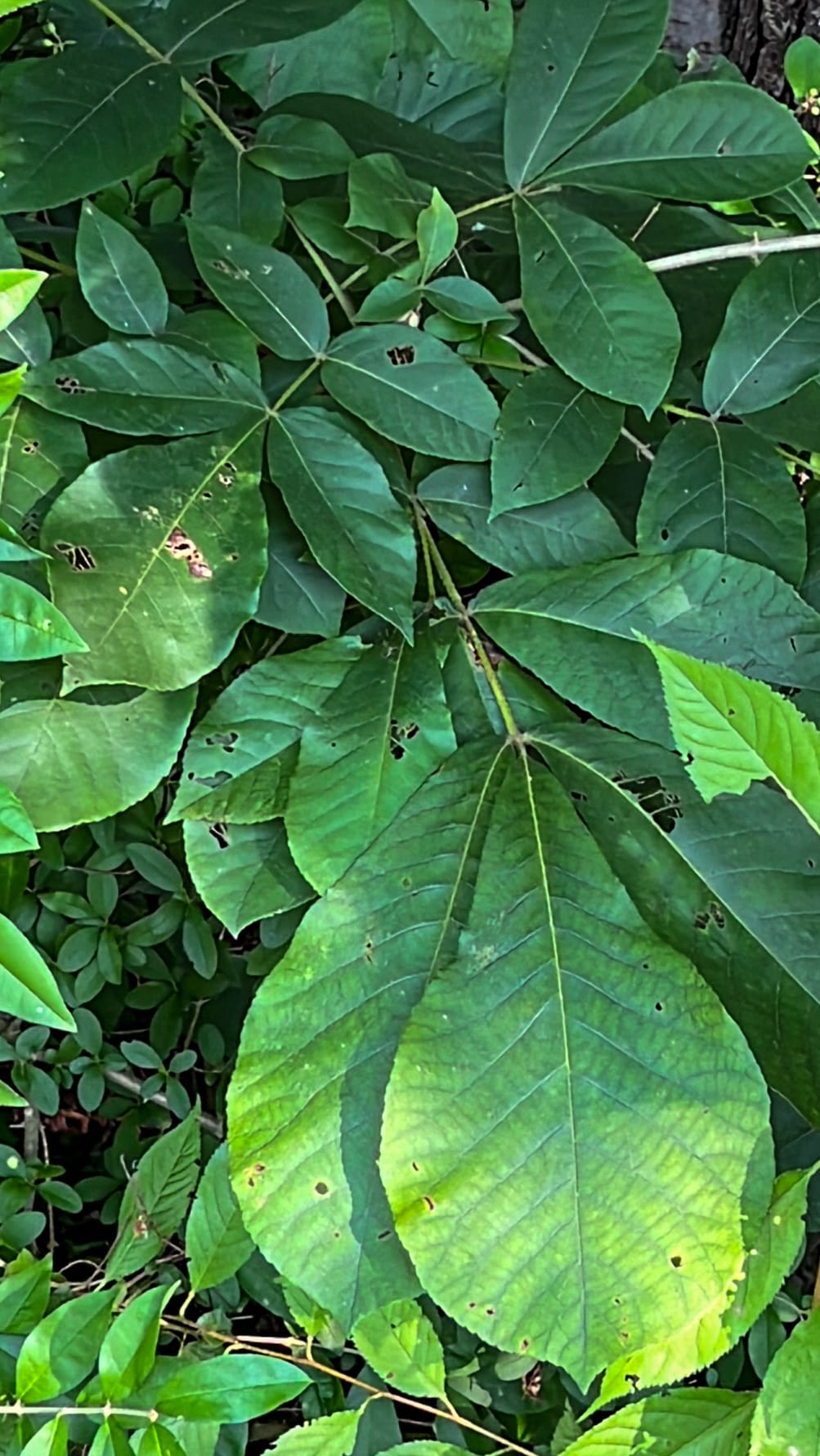
Jewelweed, Spearmint, Indian Tobacco, Mockernut Hickory
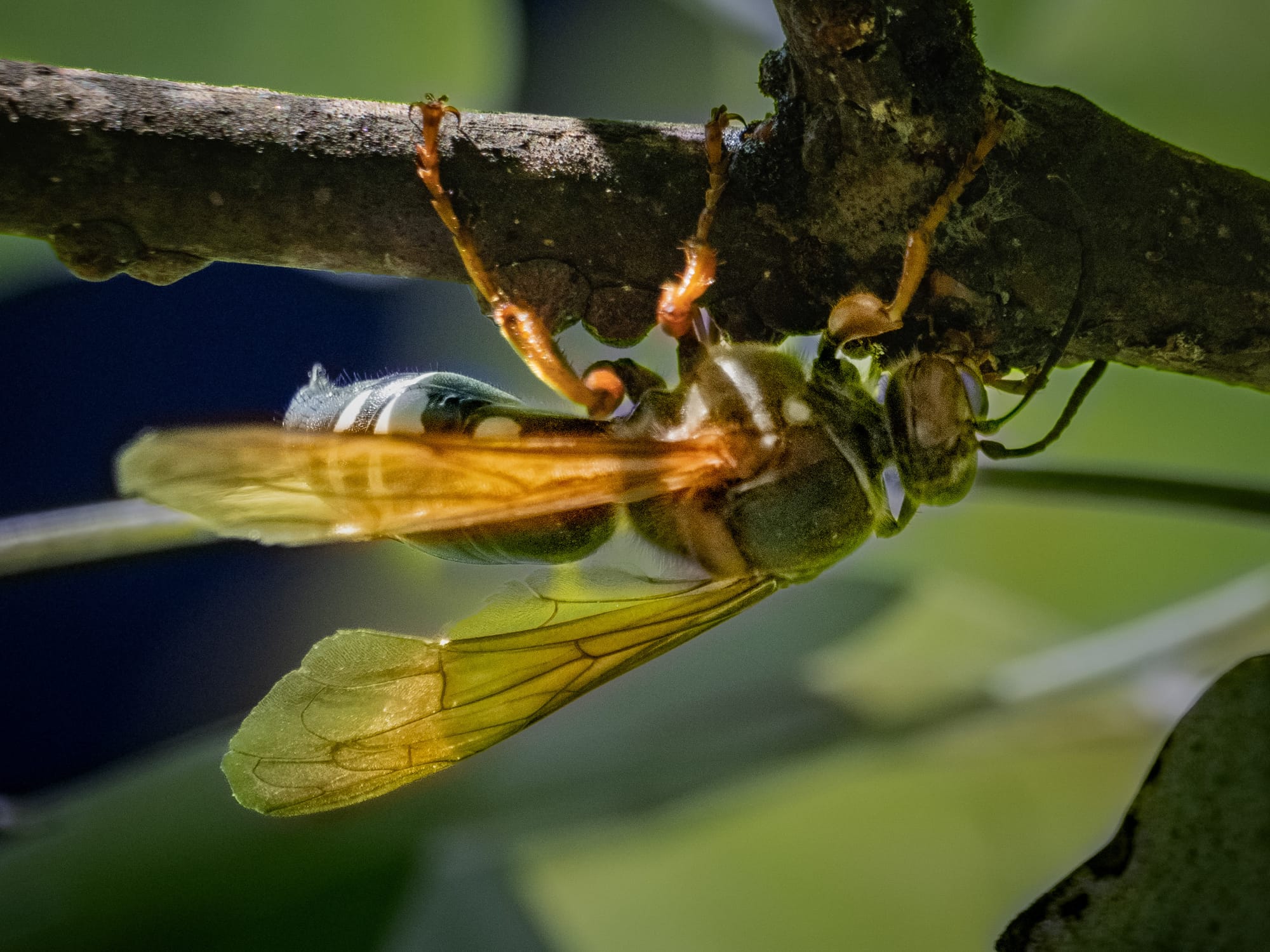
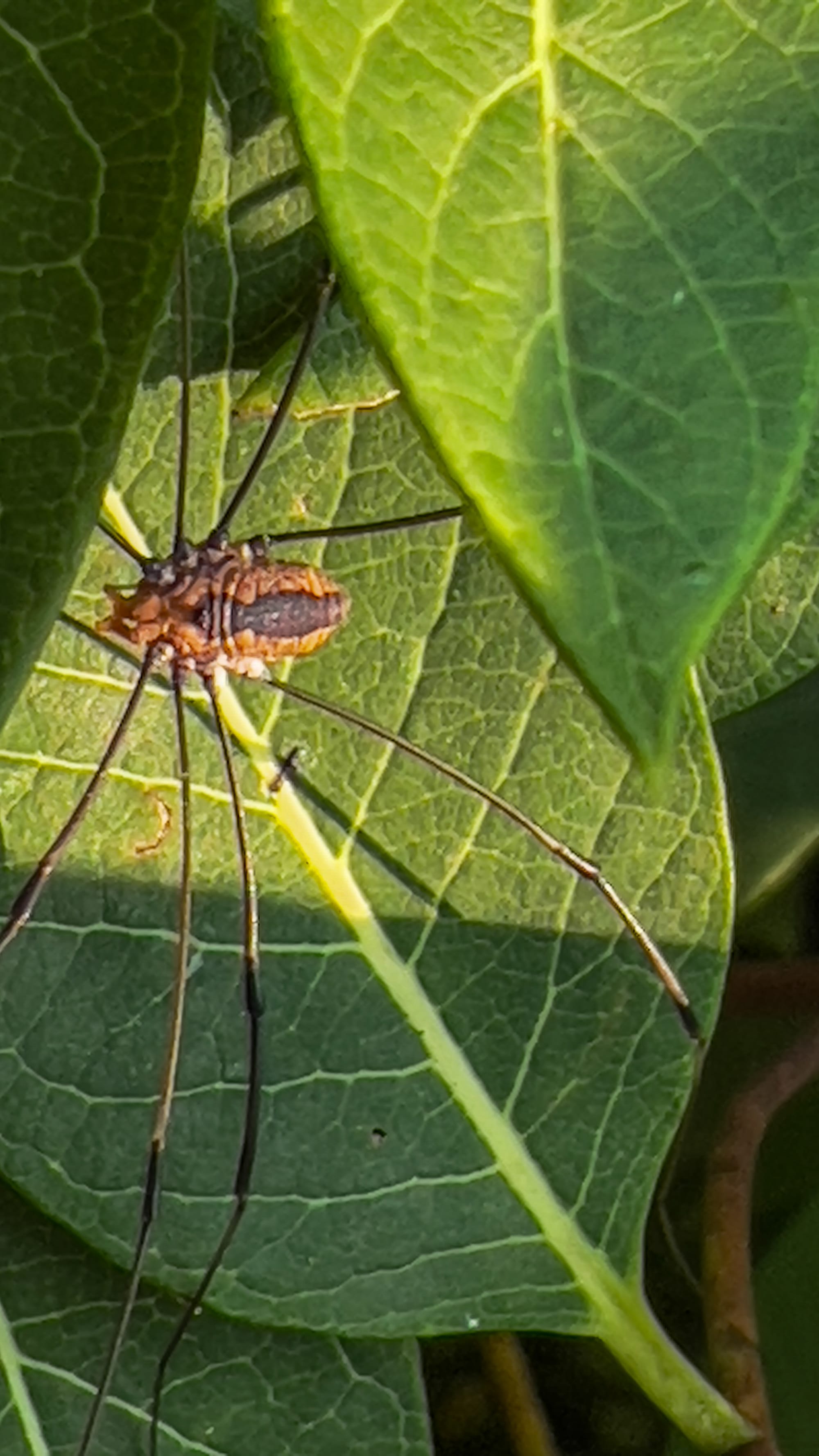
Eastern Cicada-killer Wasp, Harvestman.

